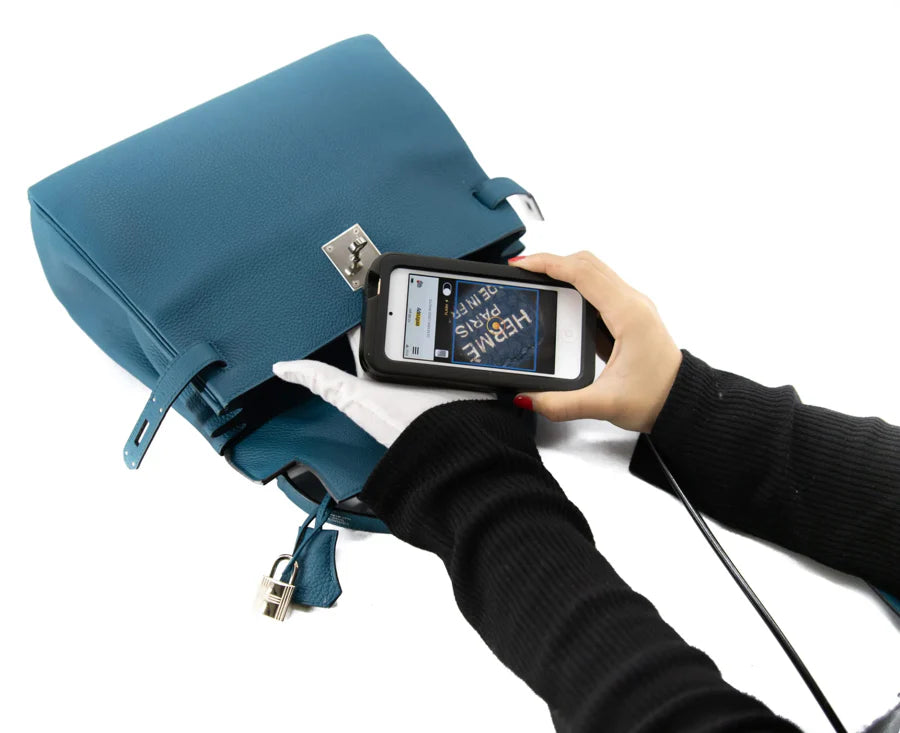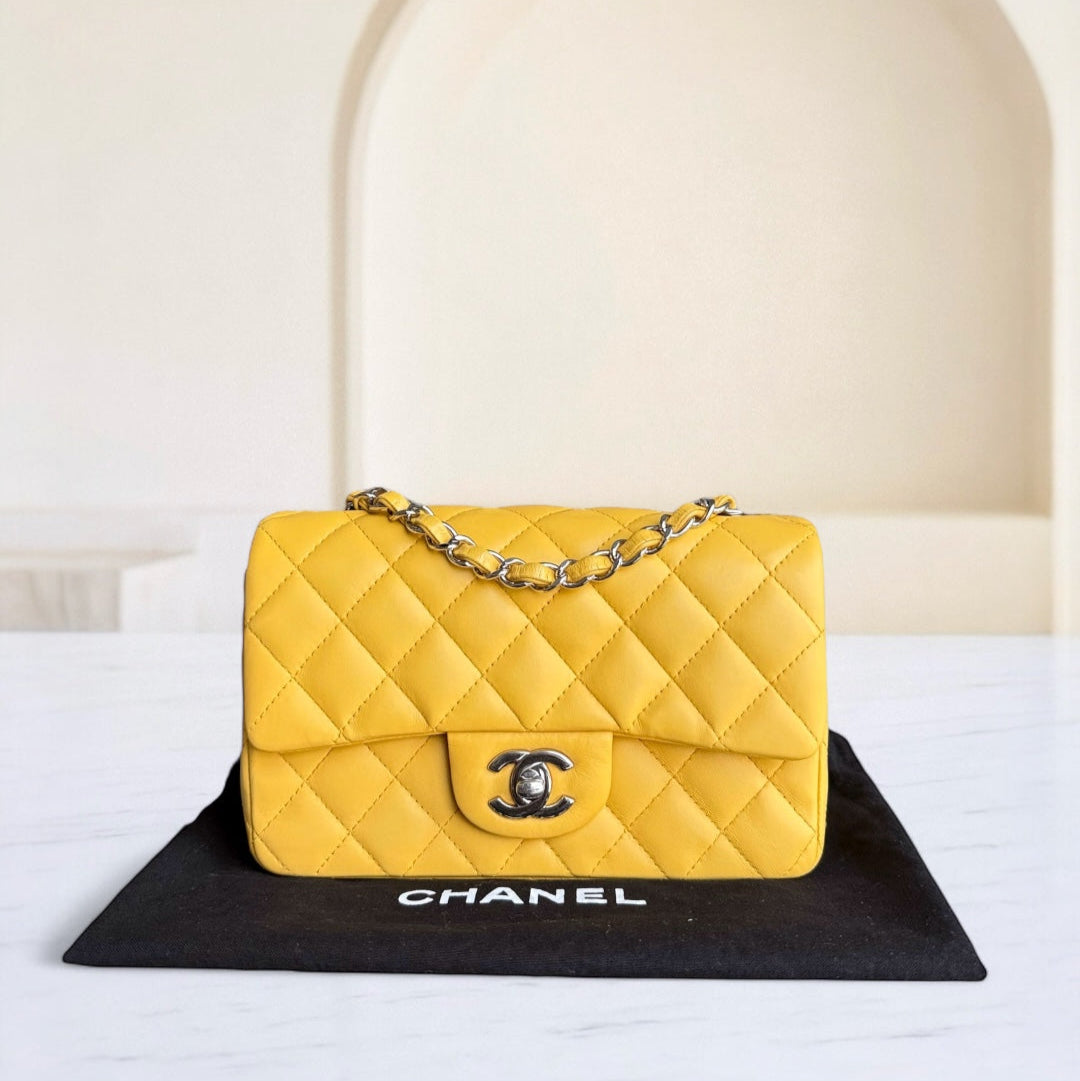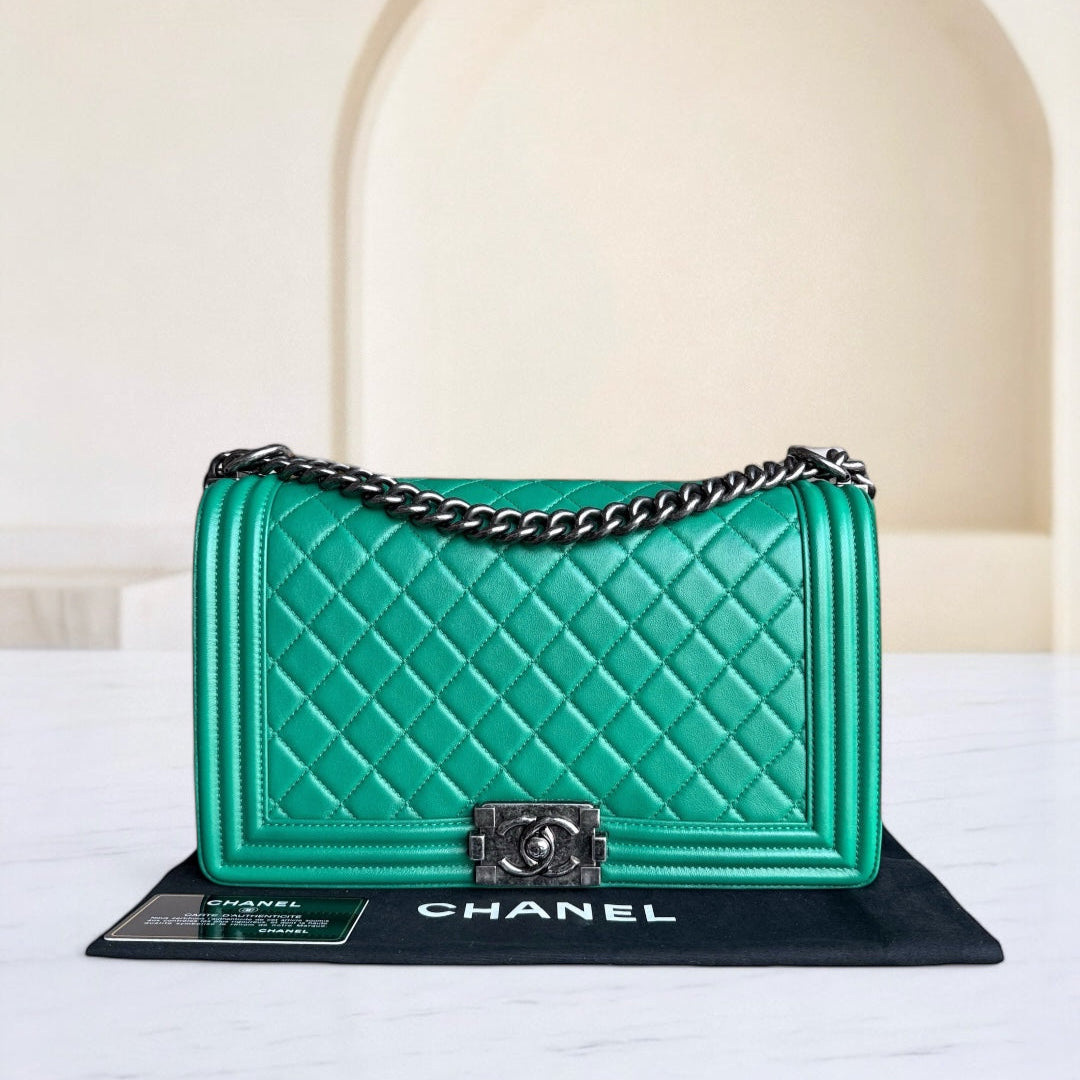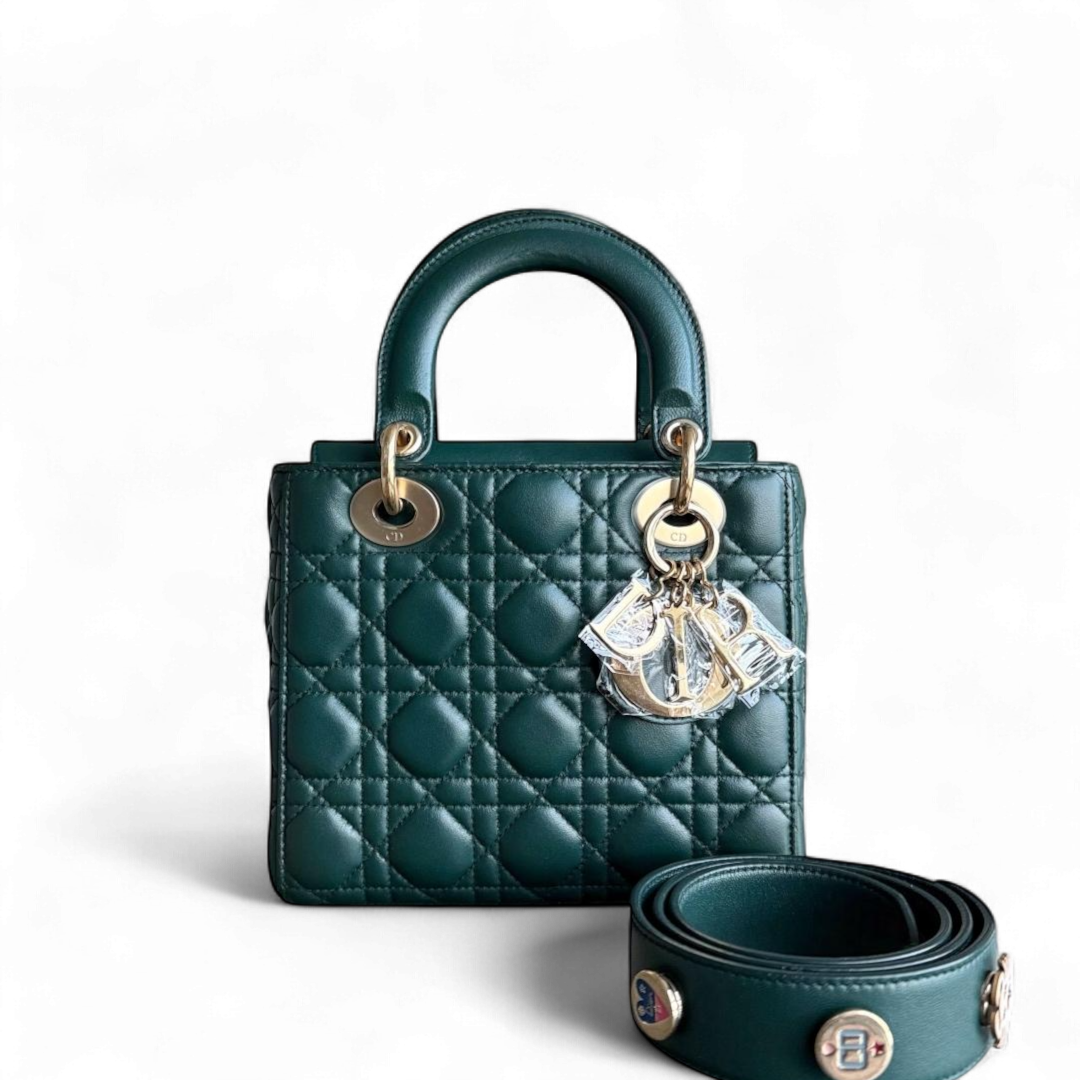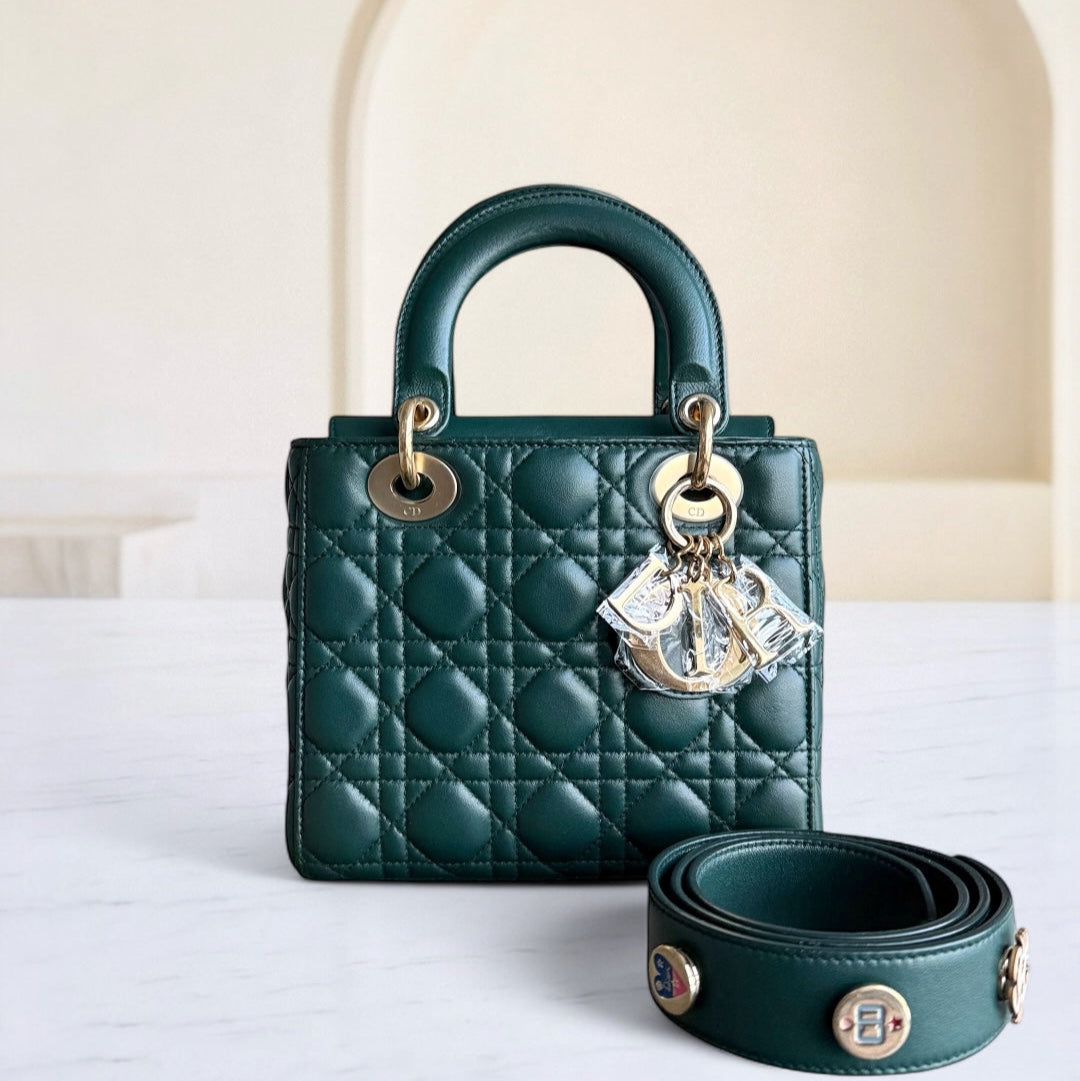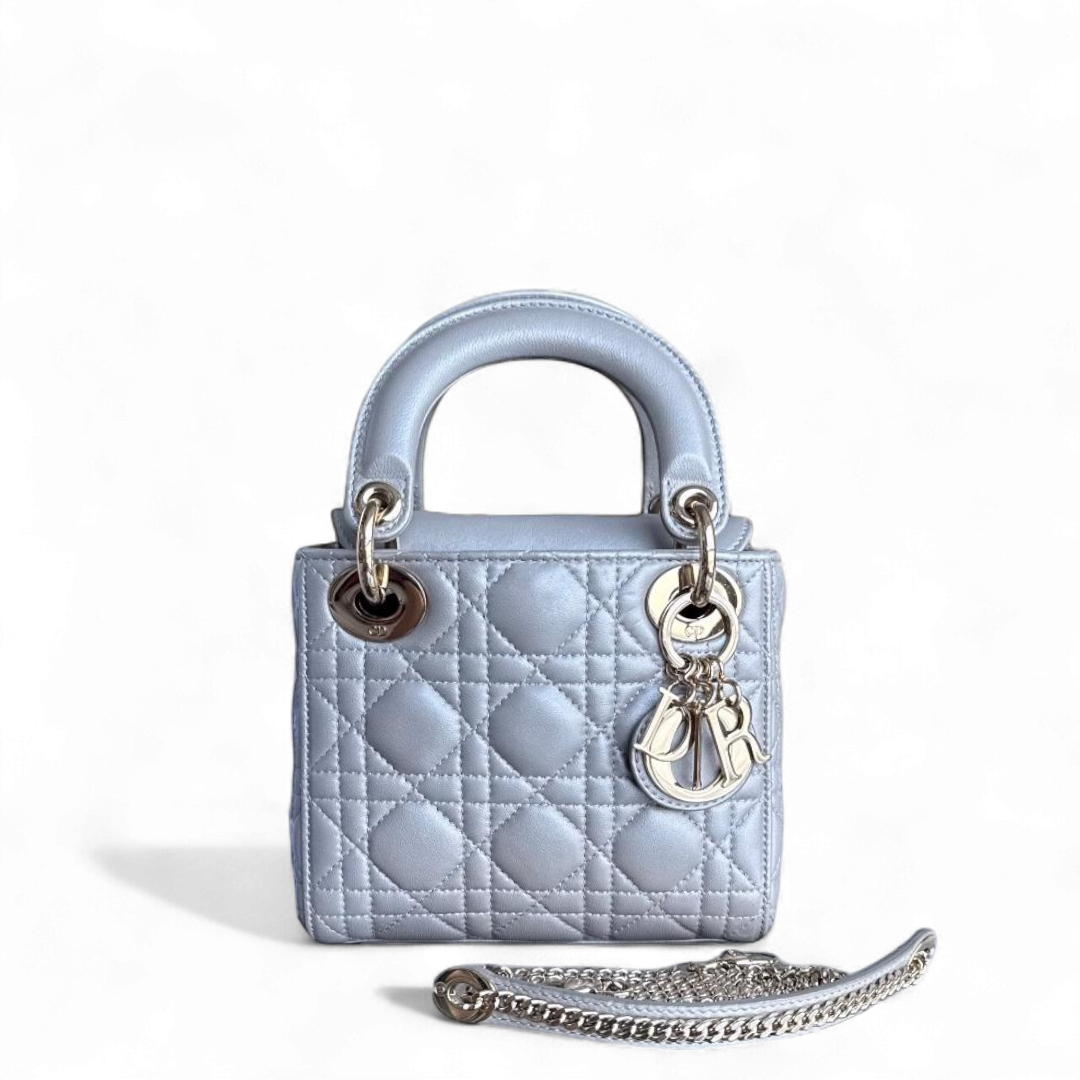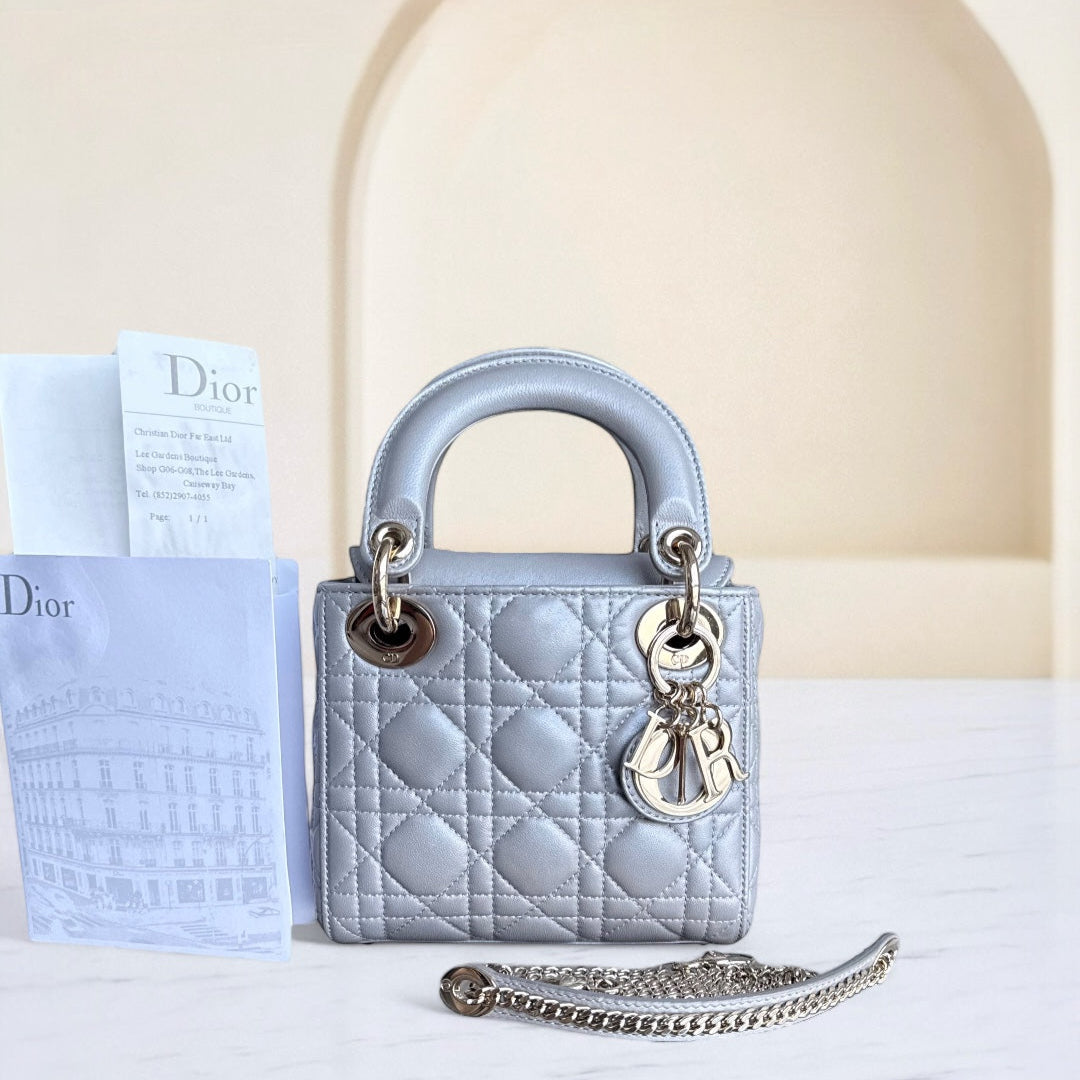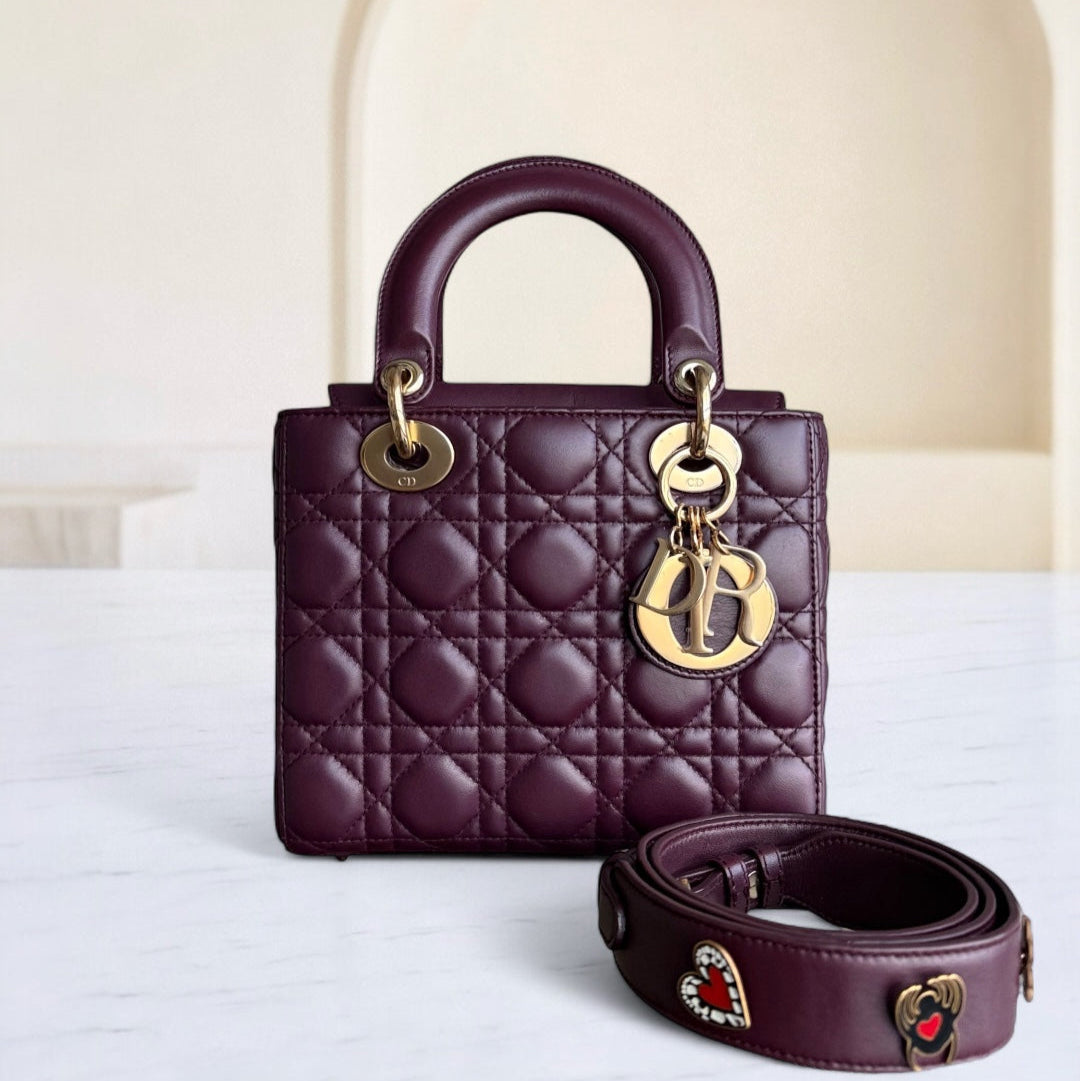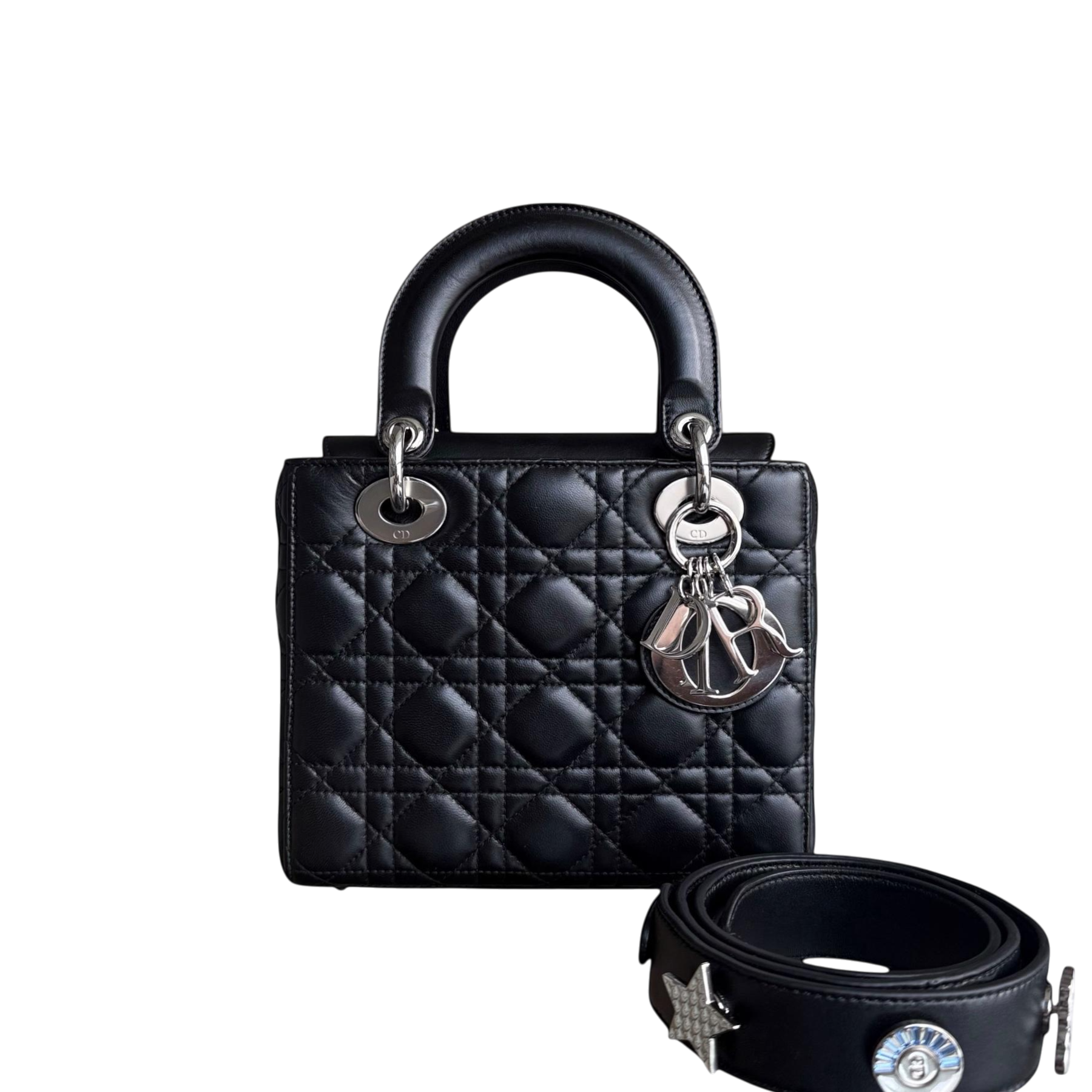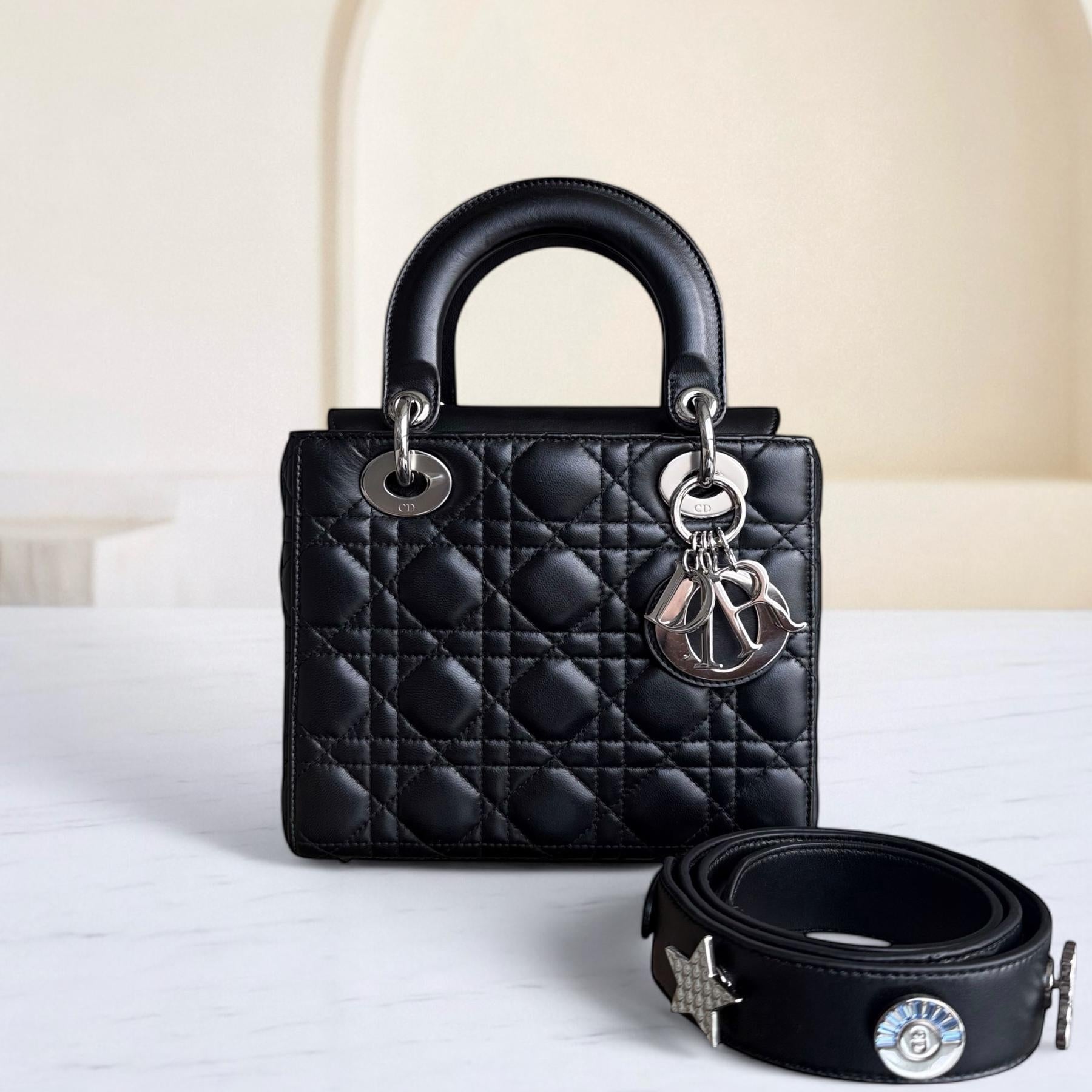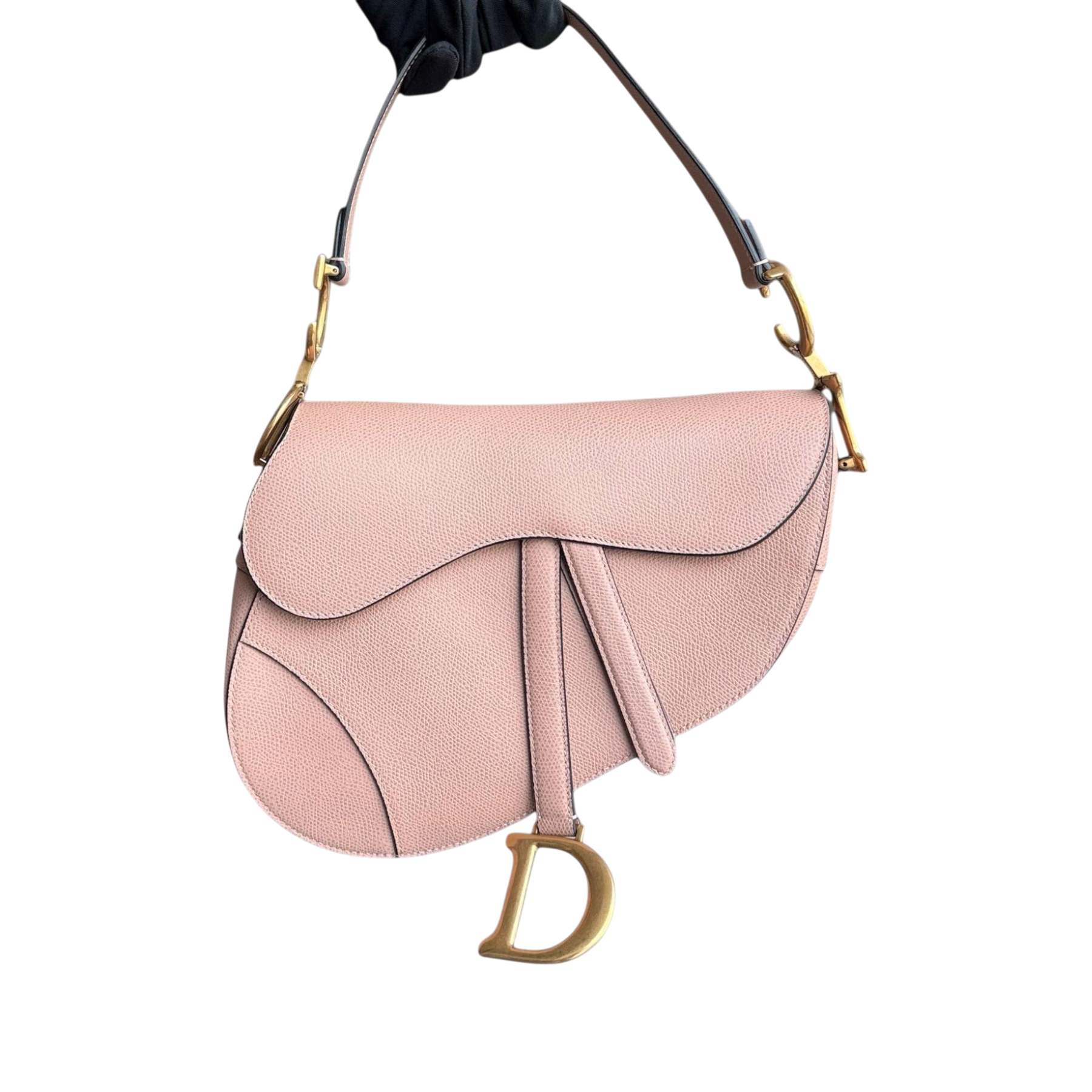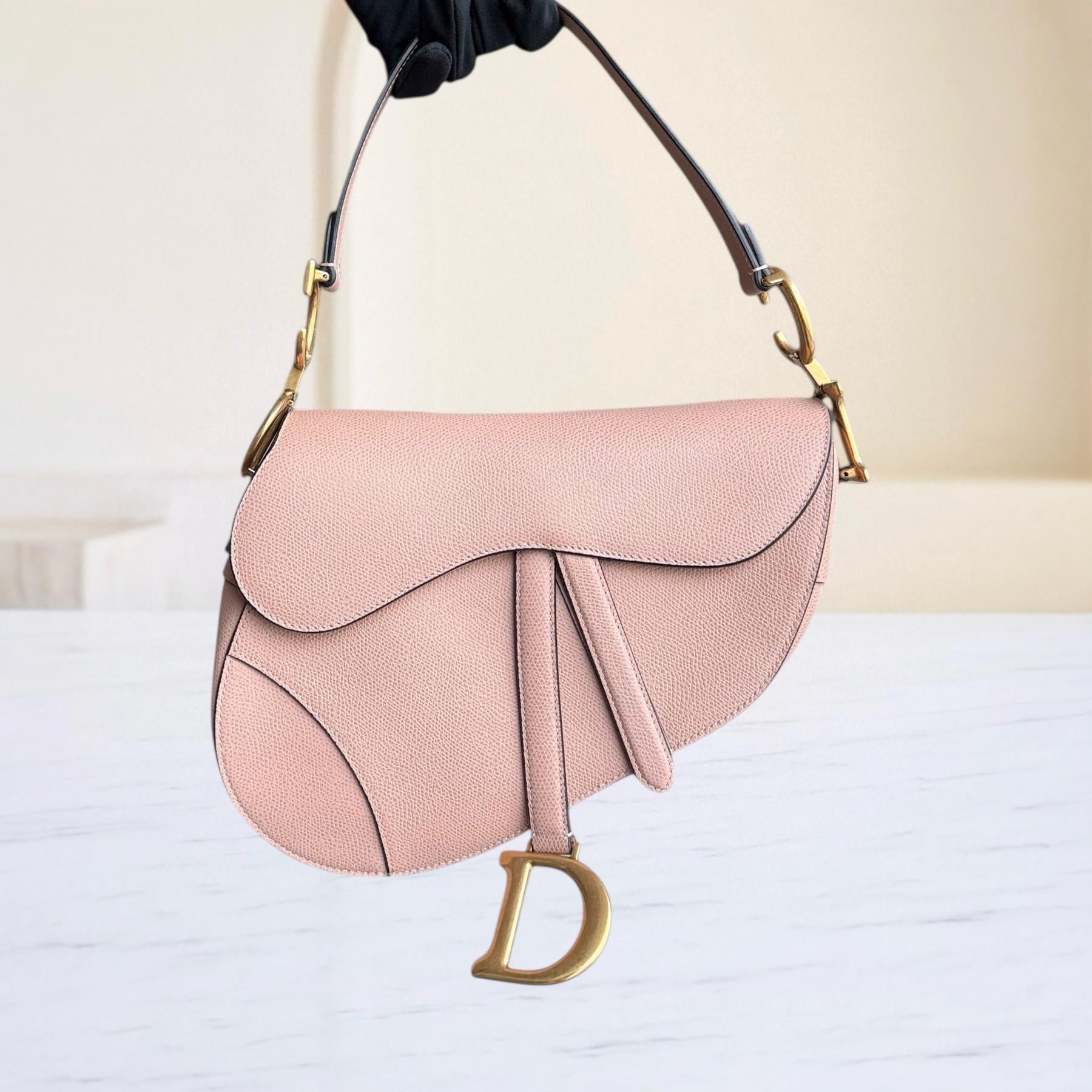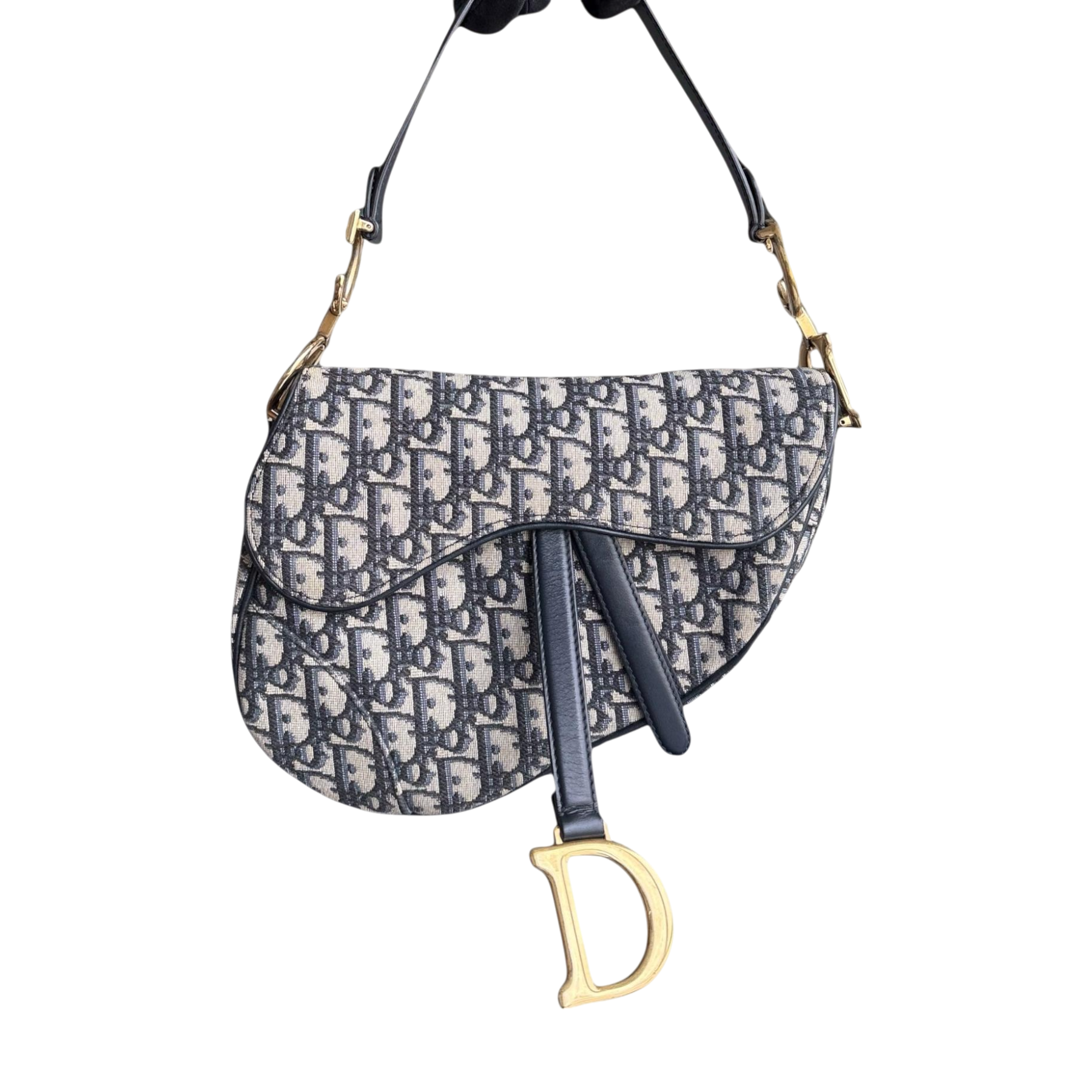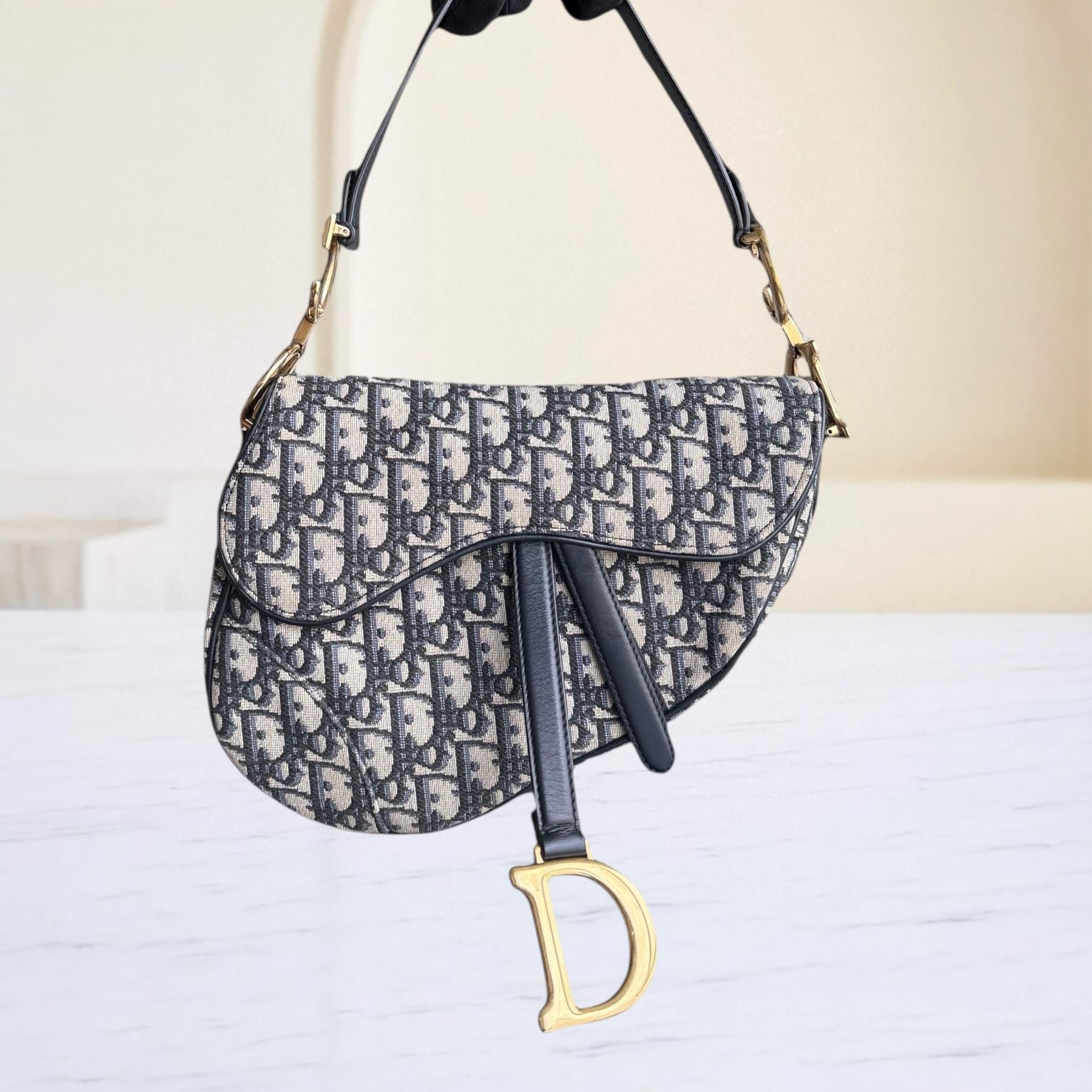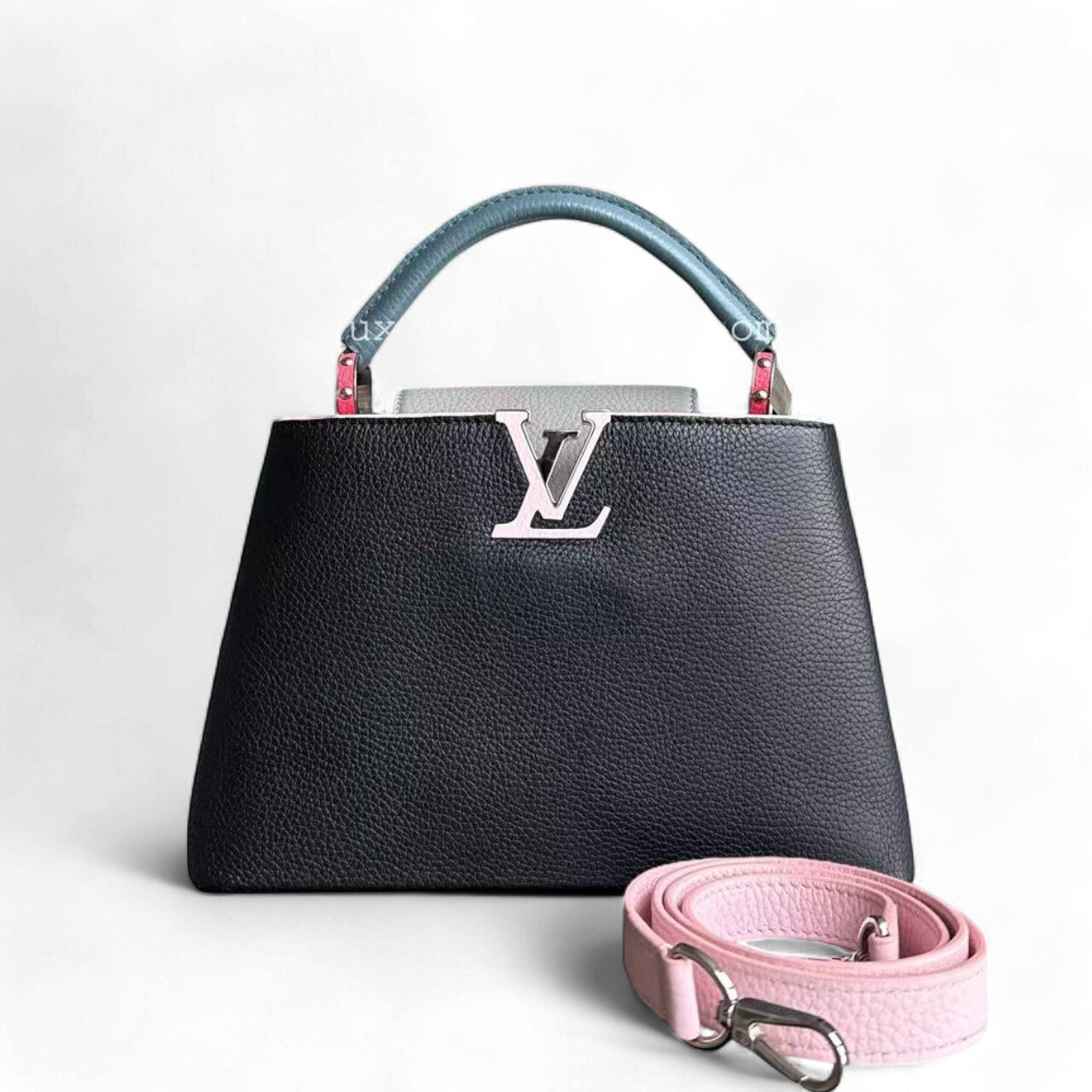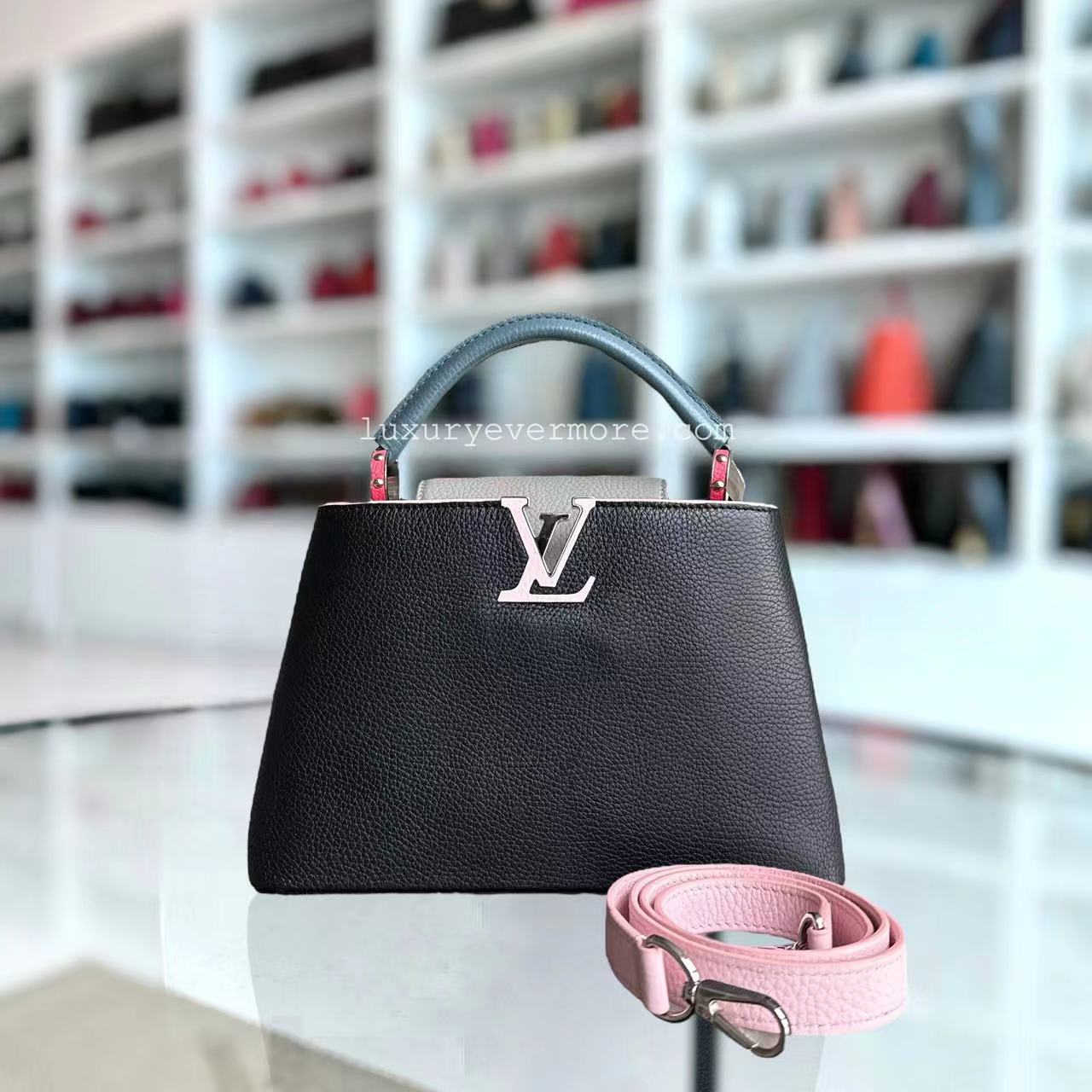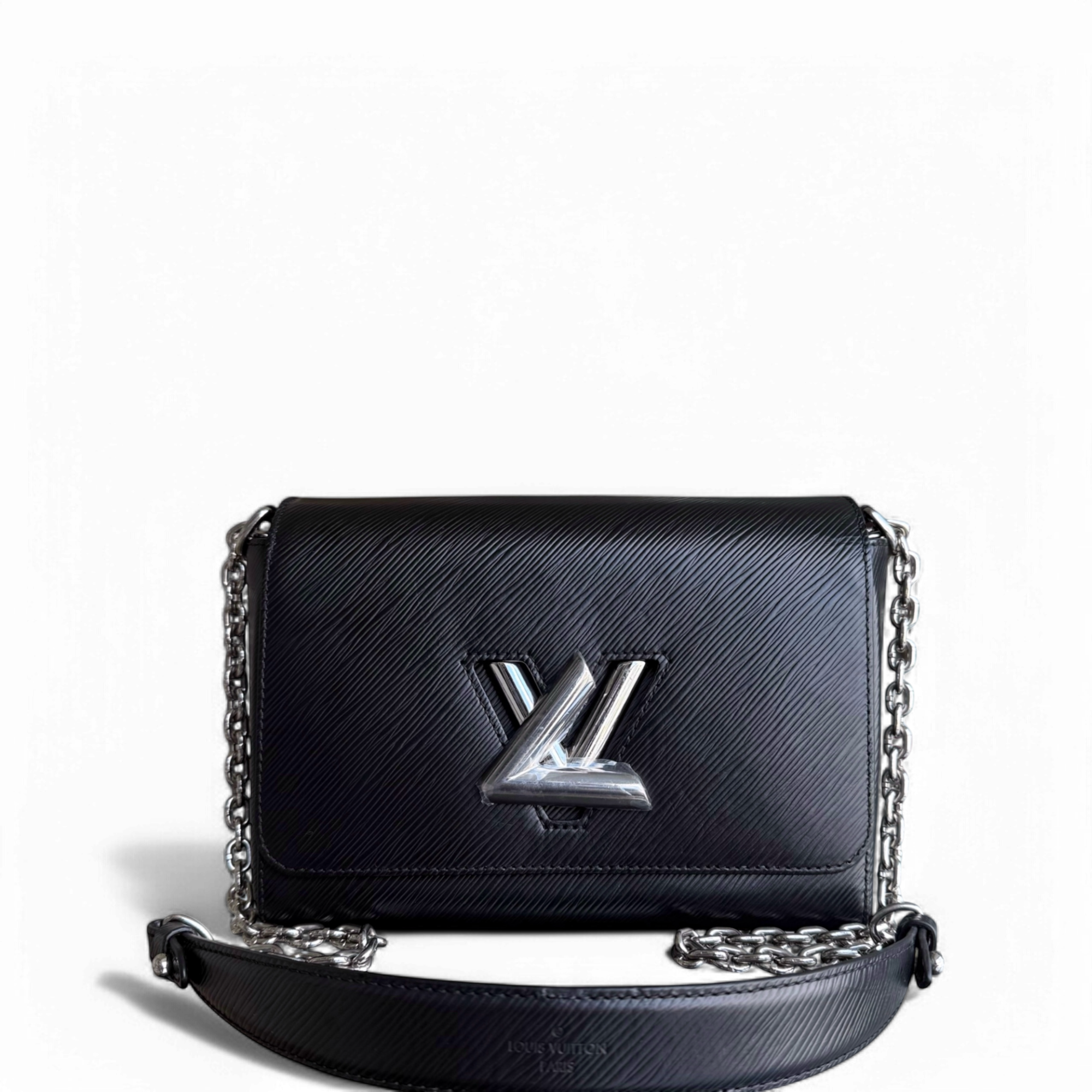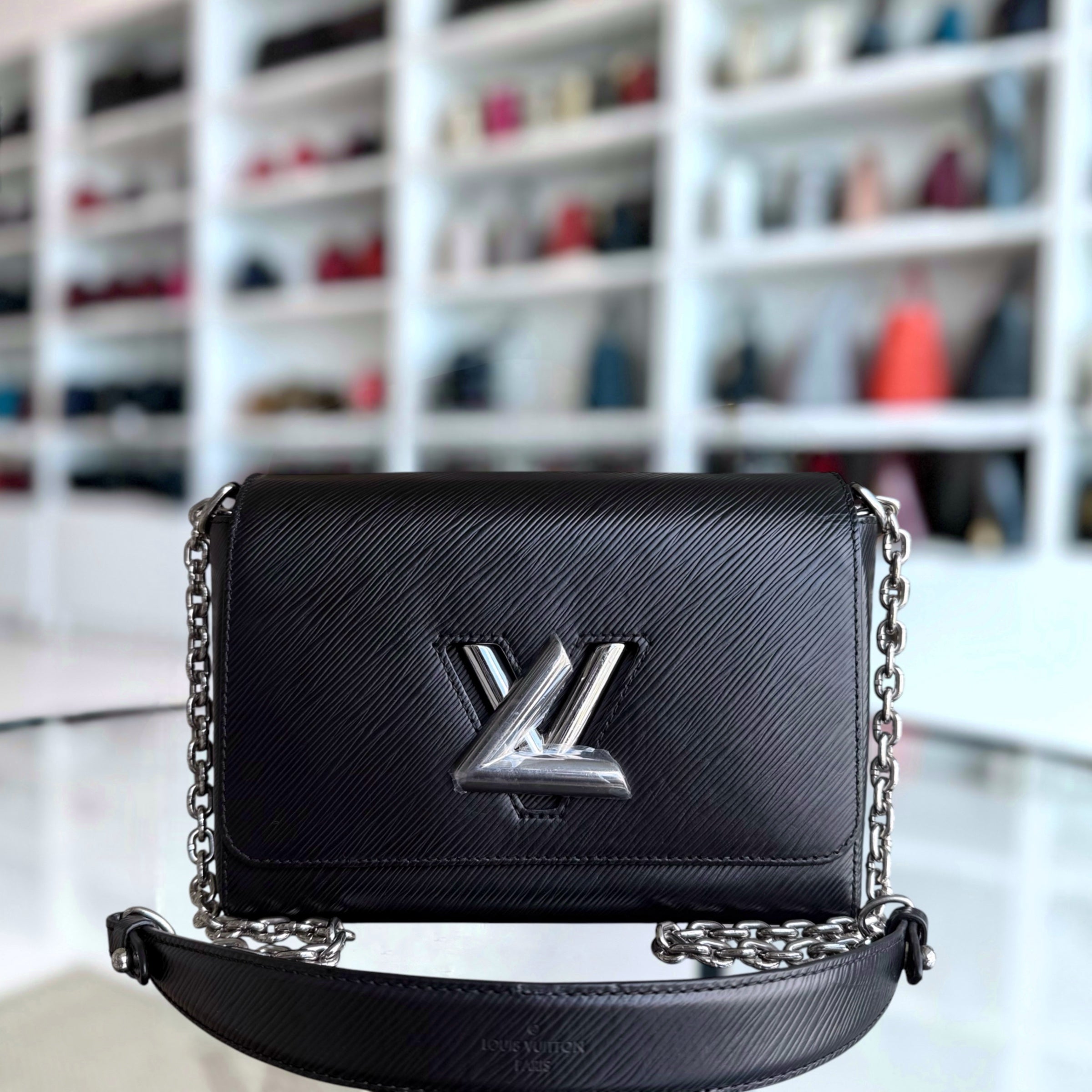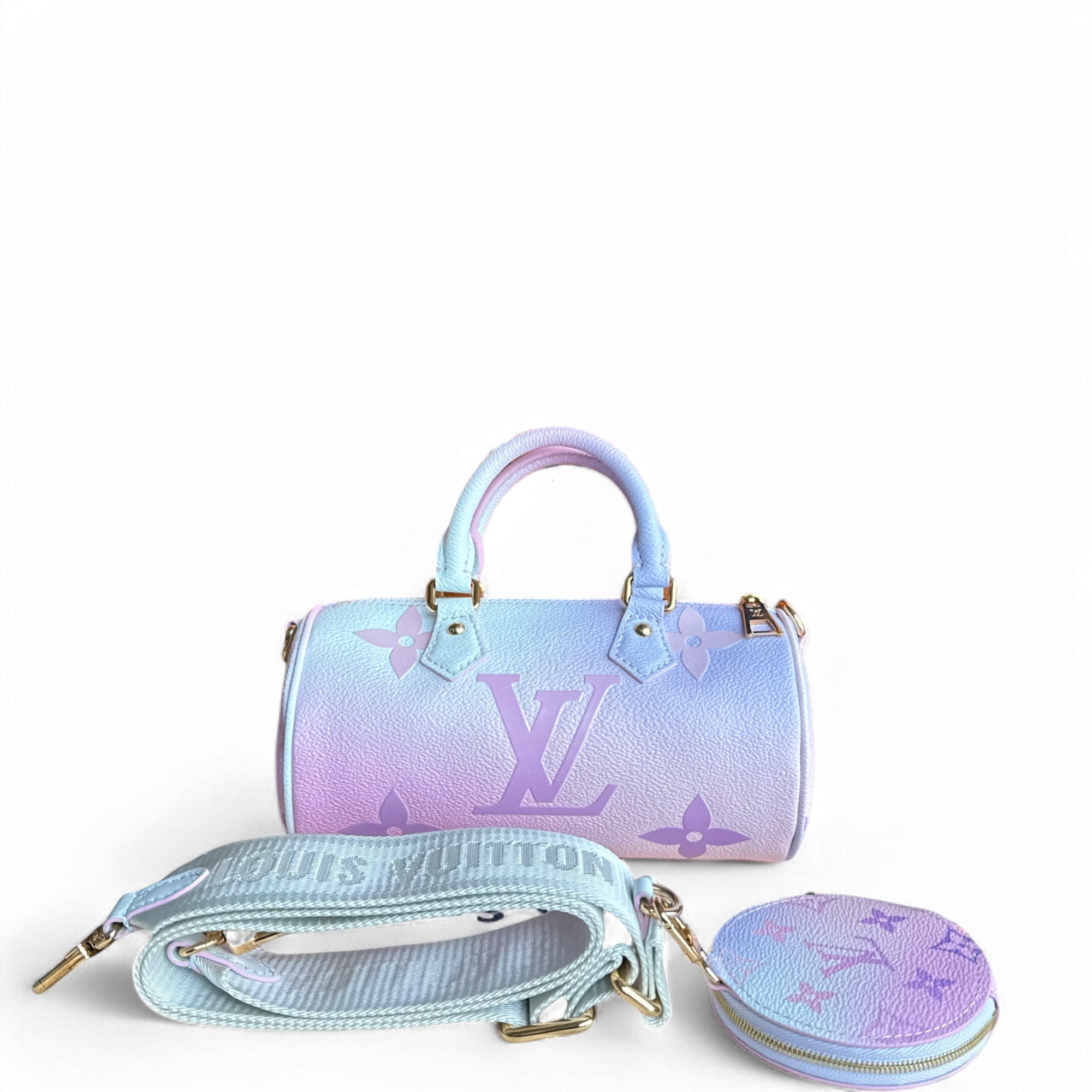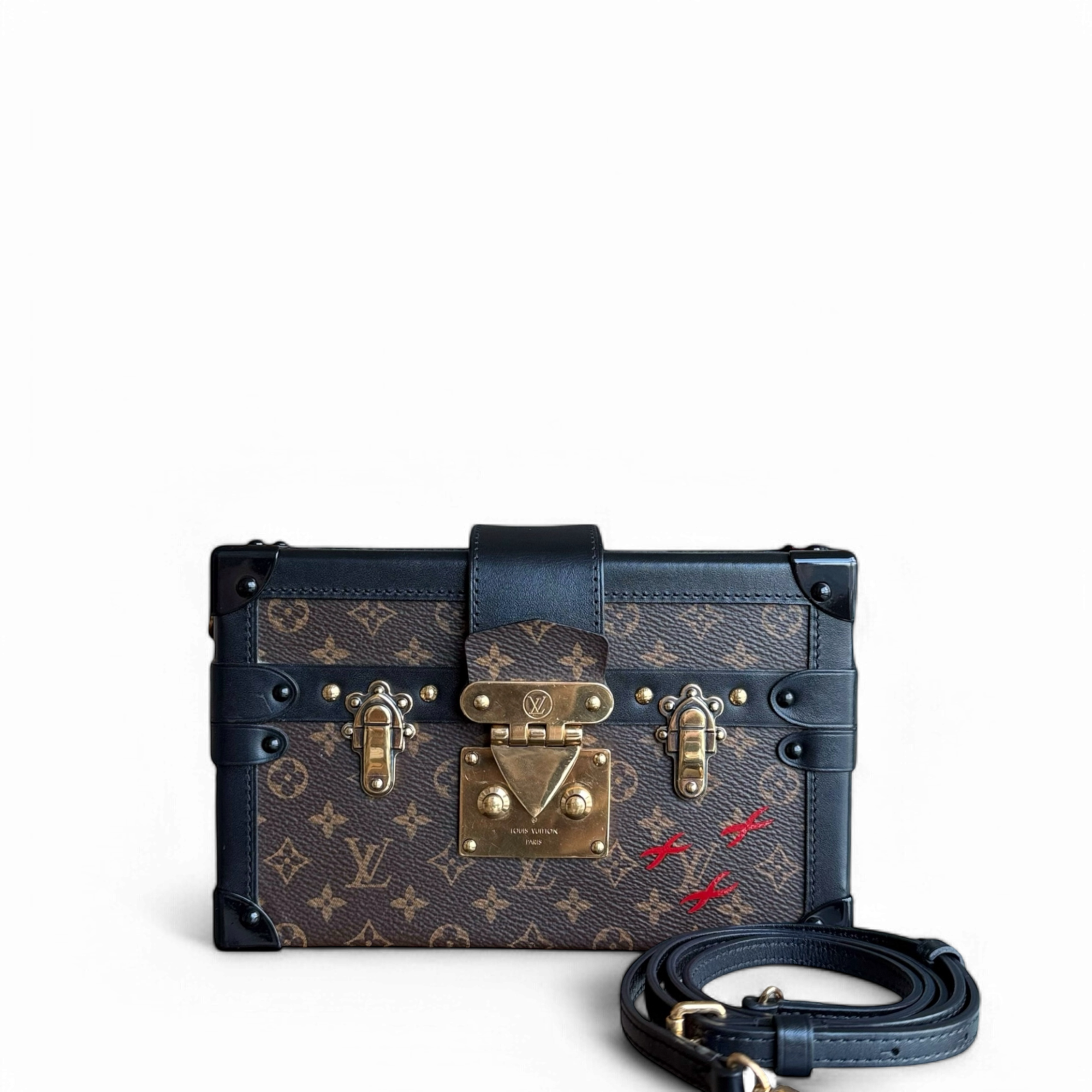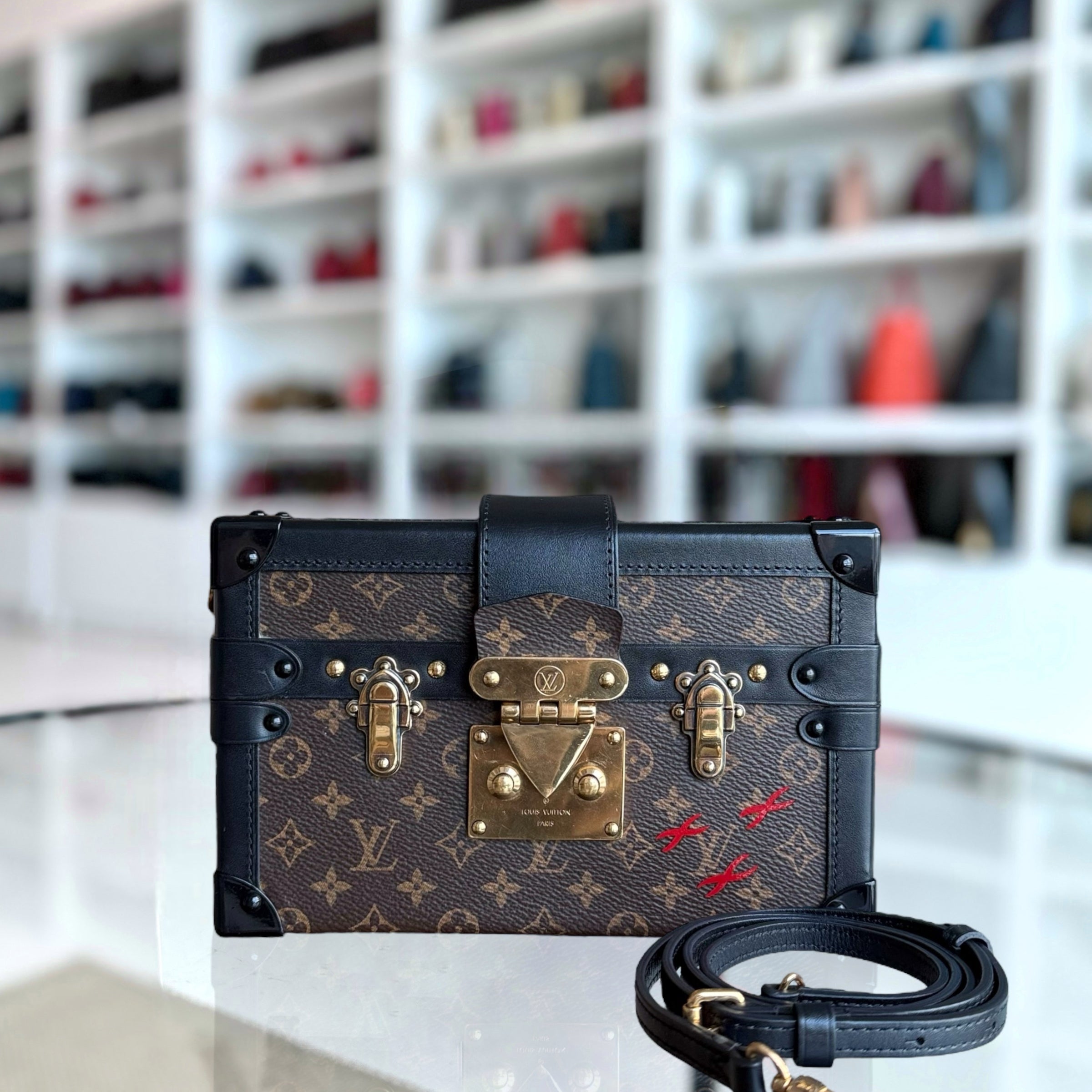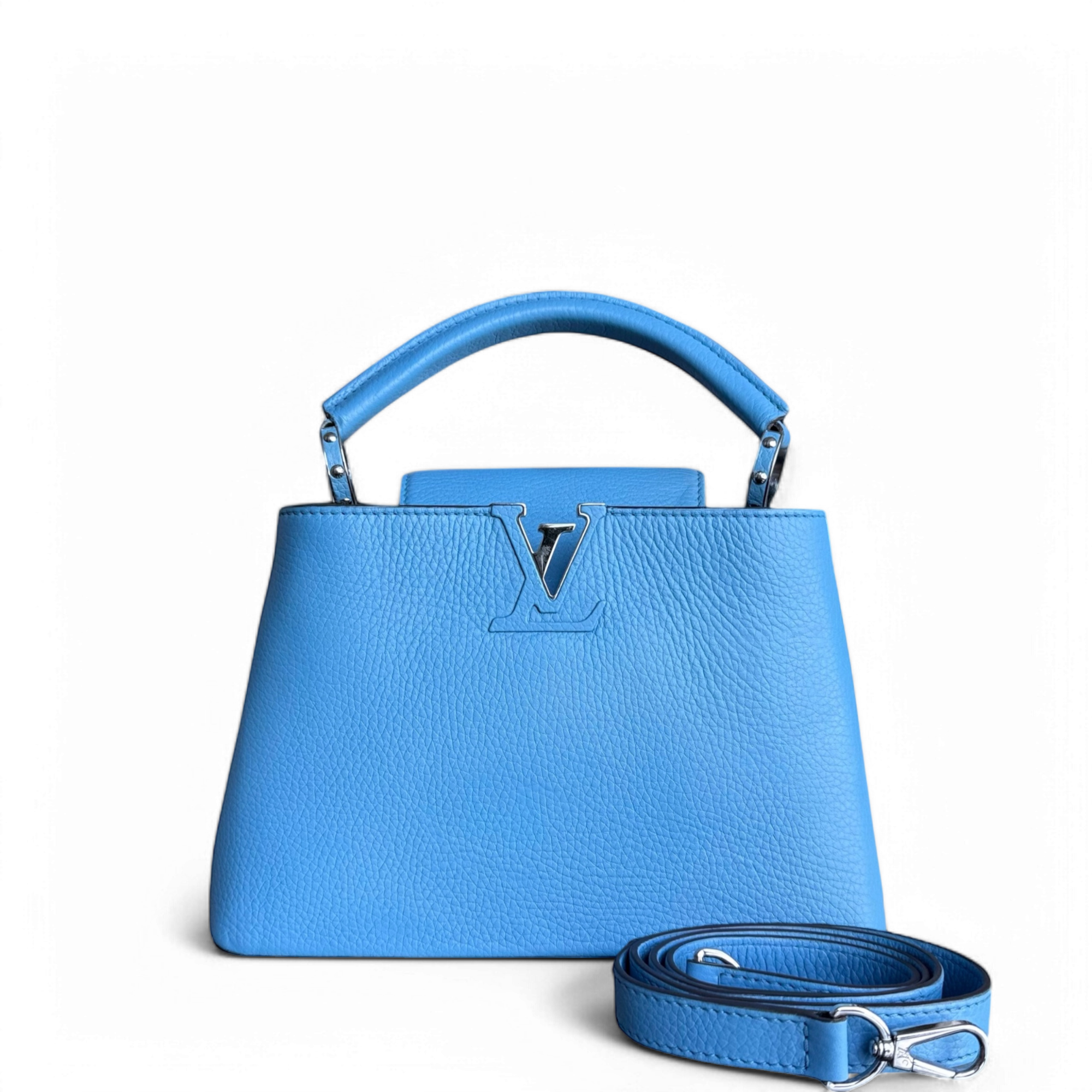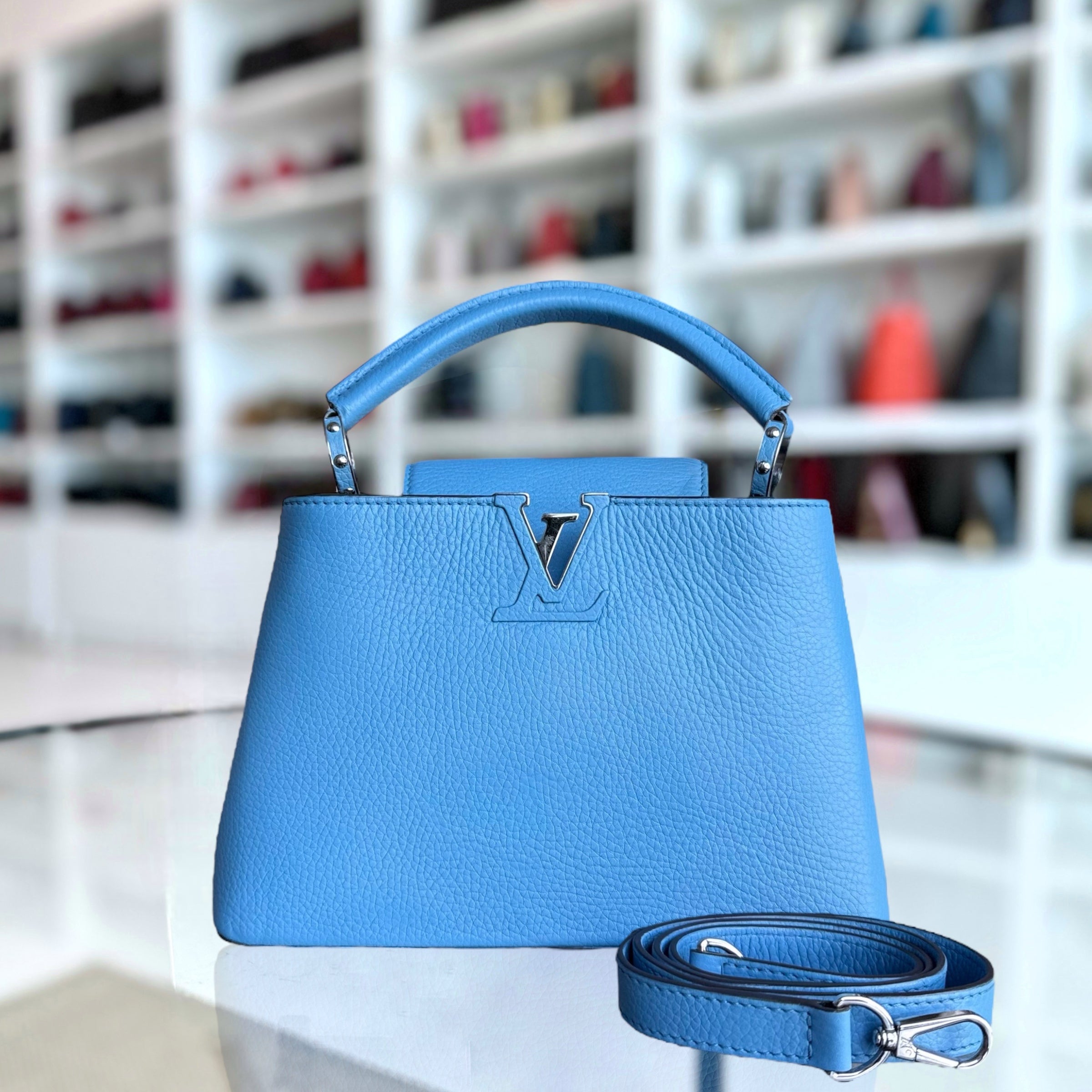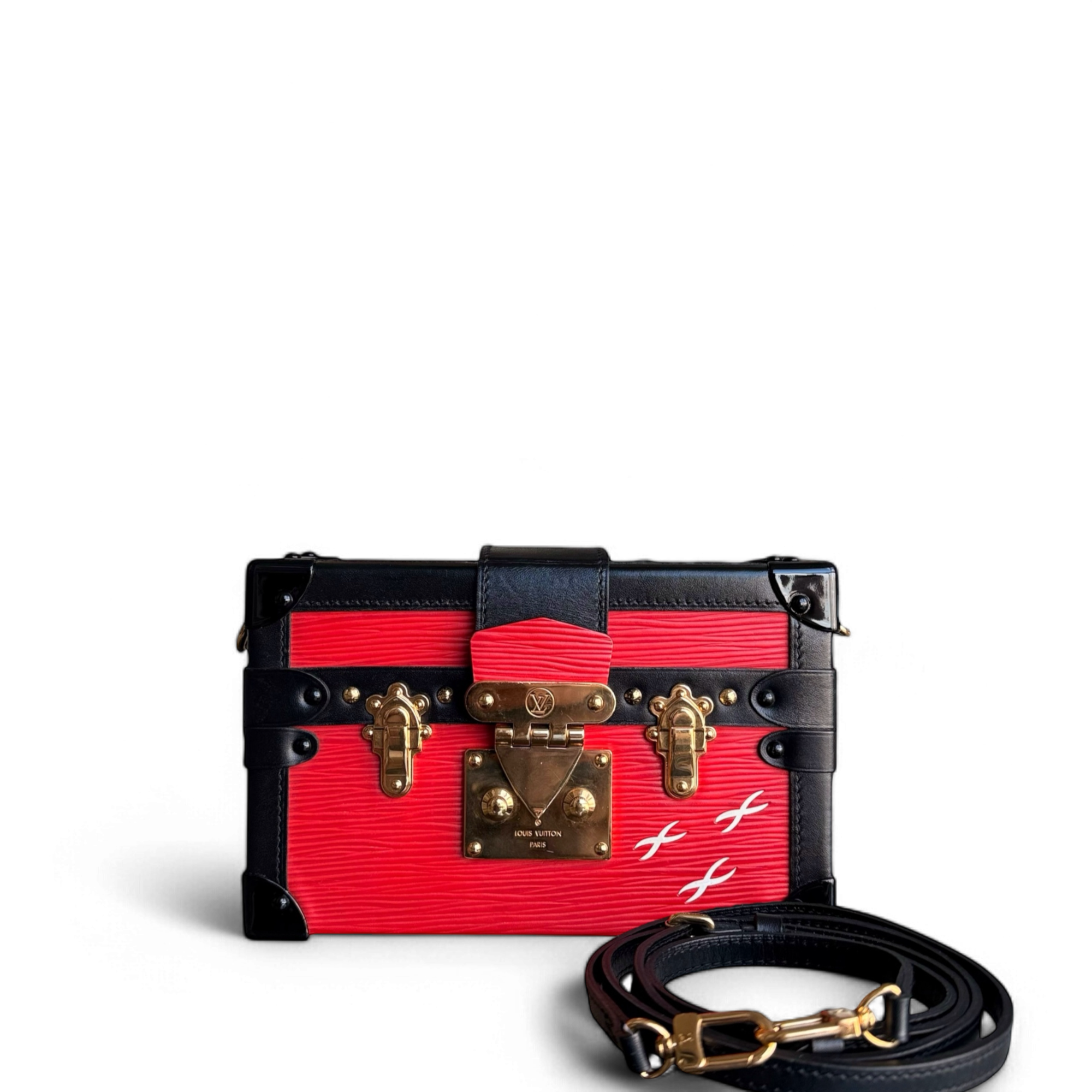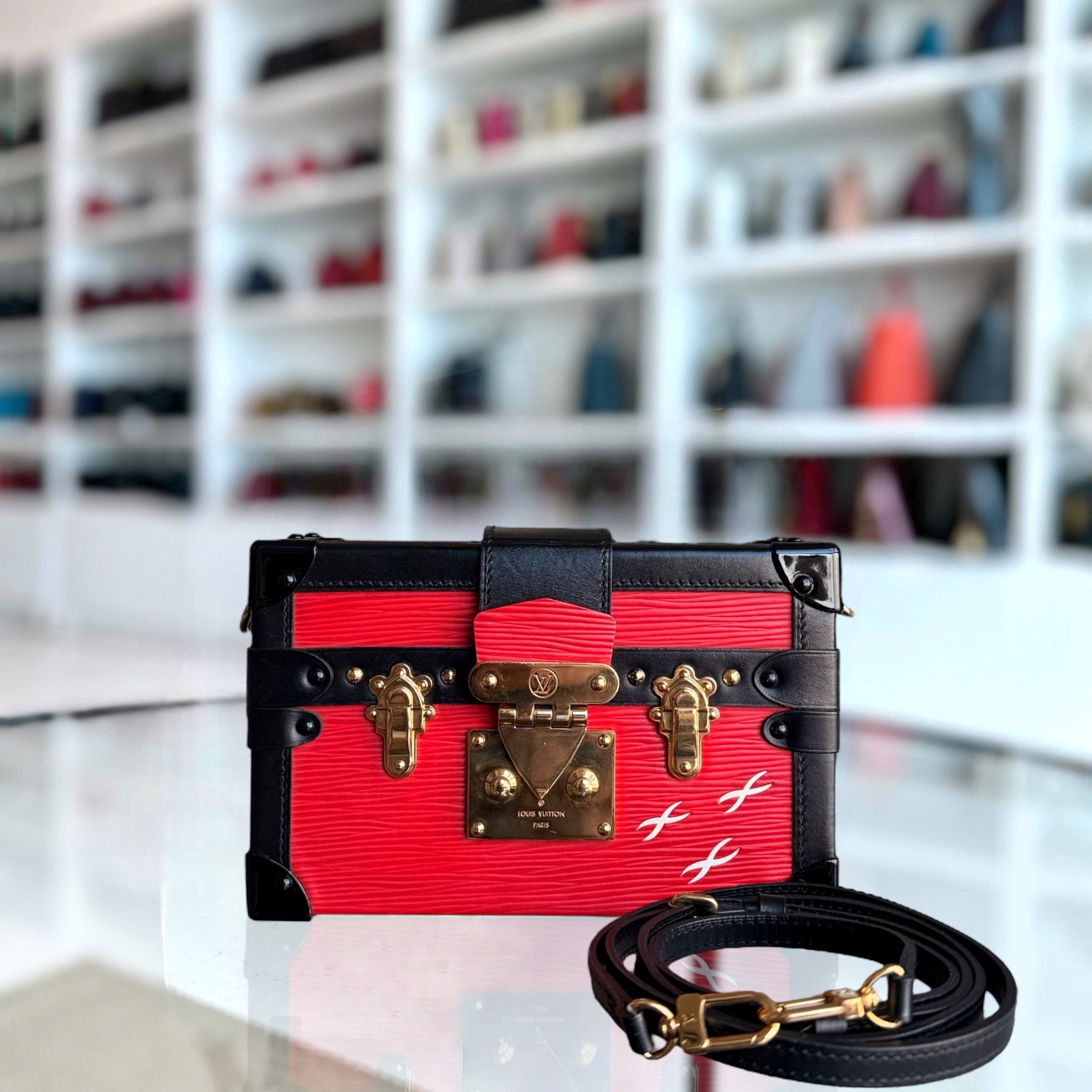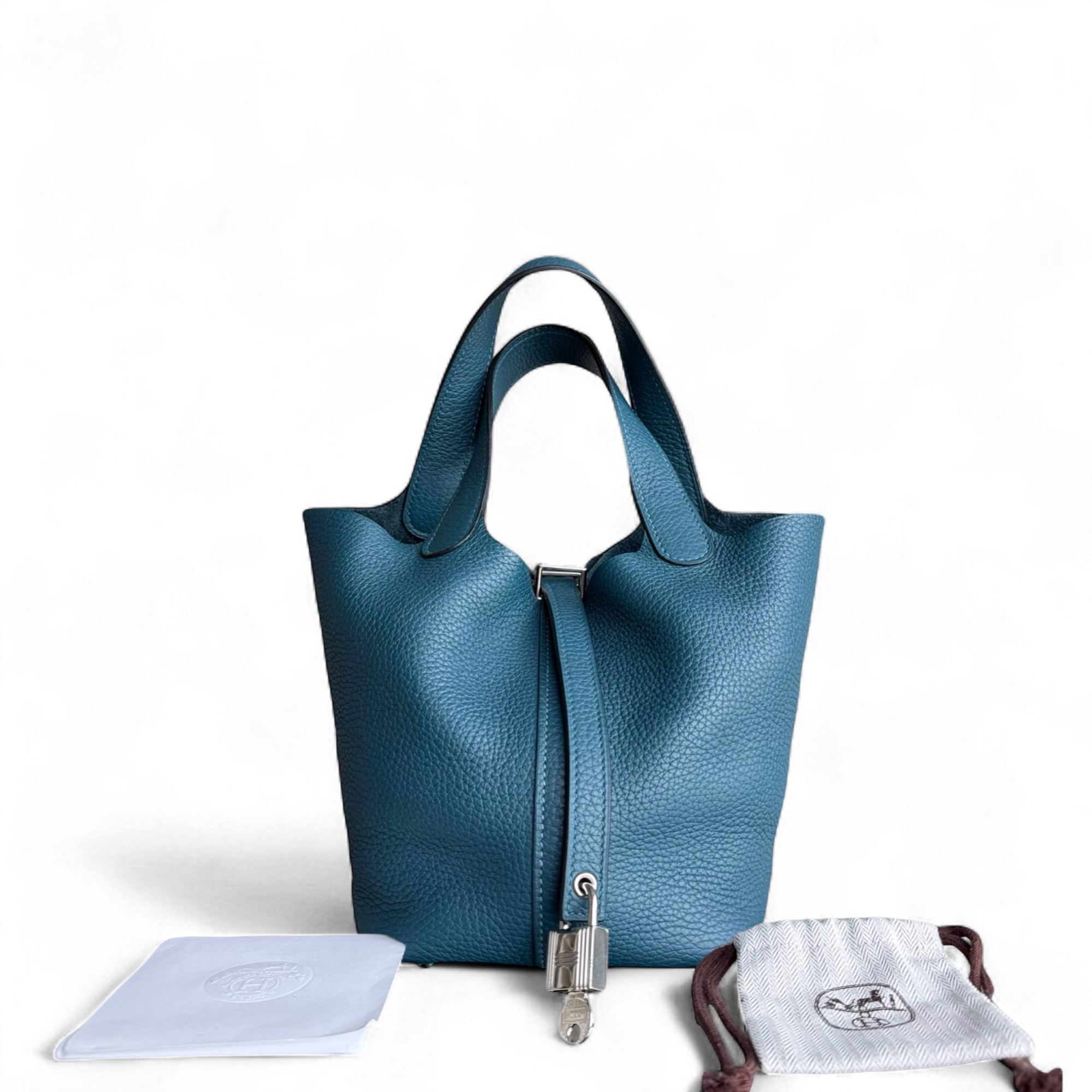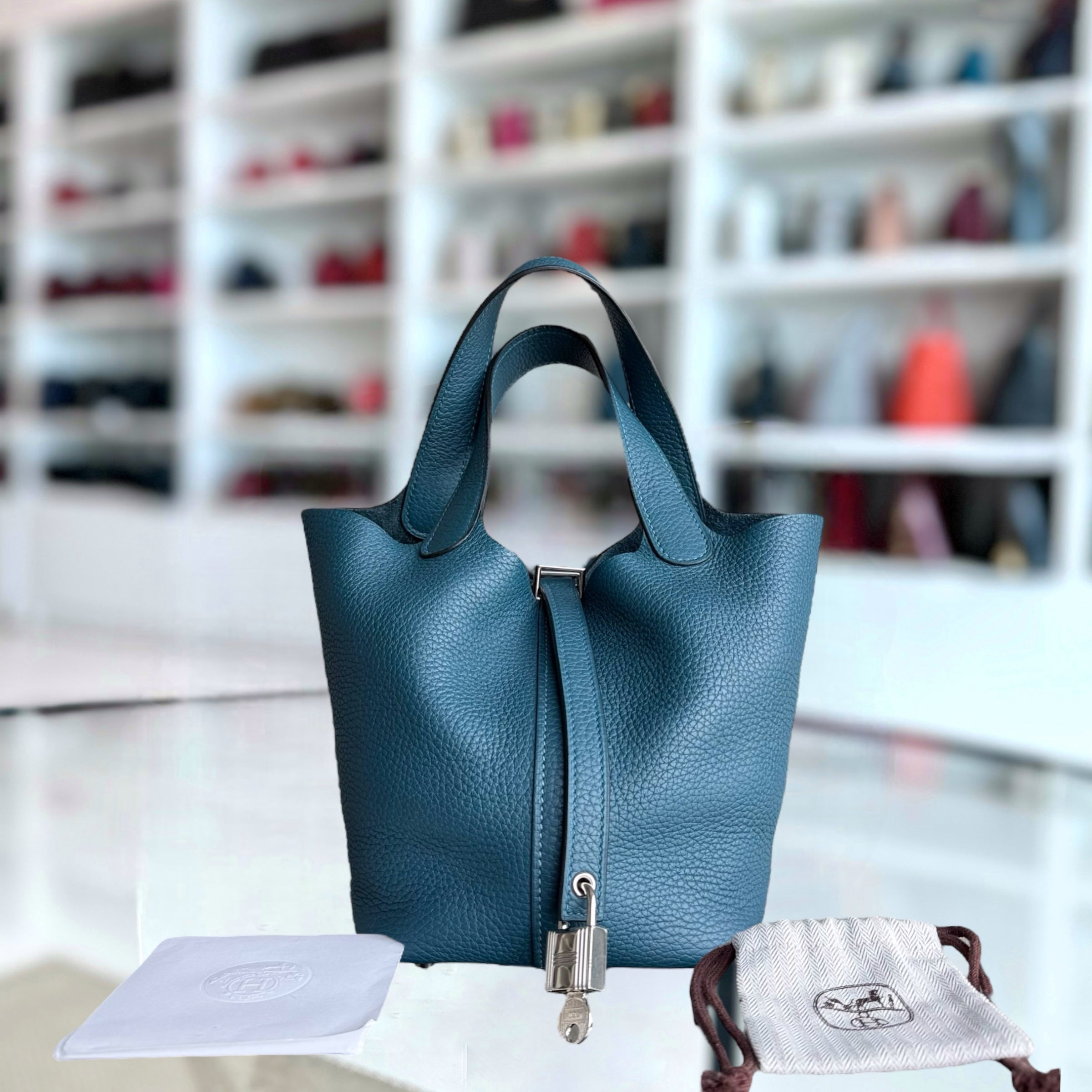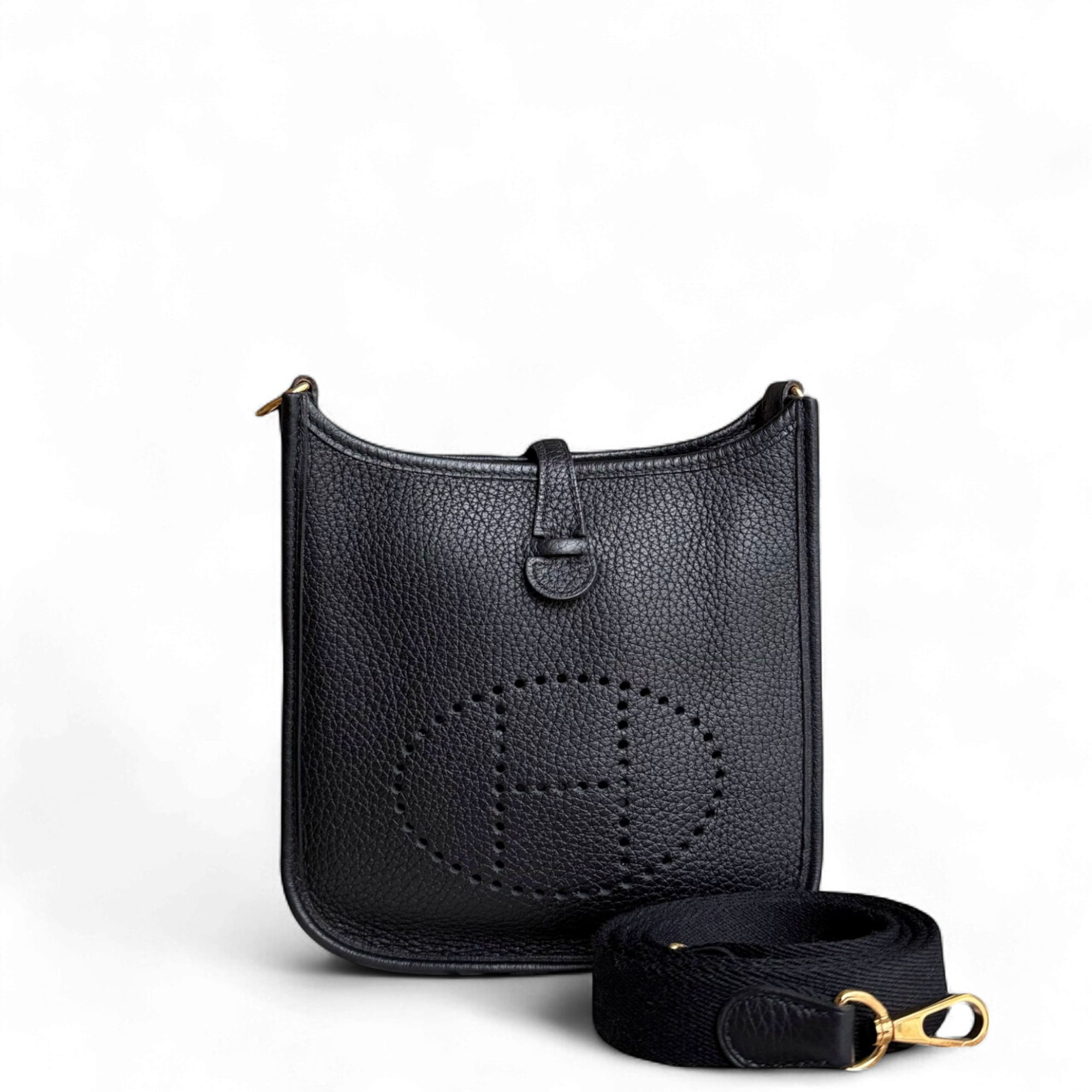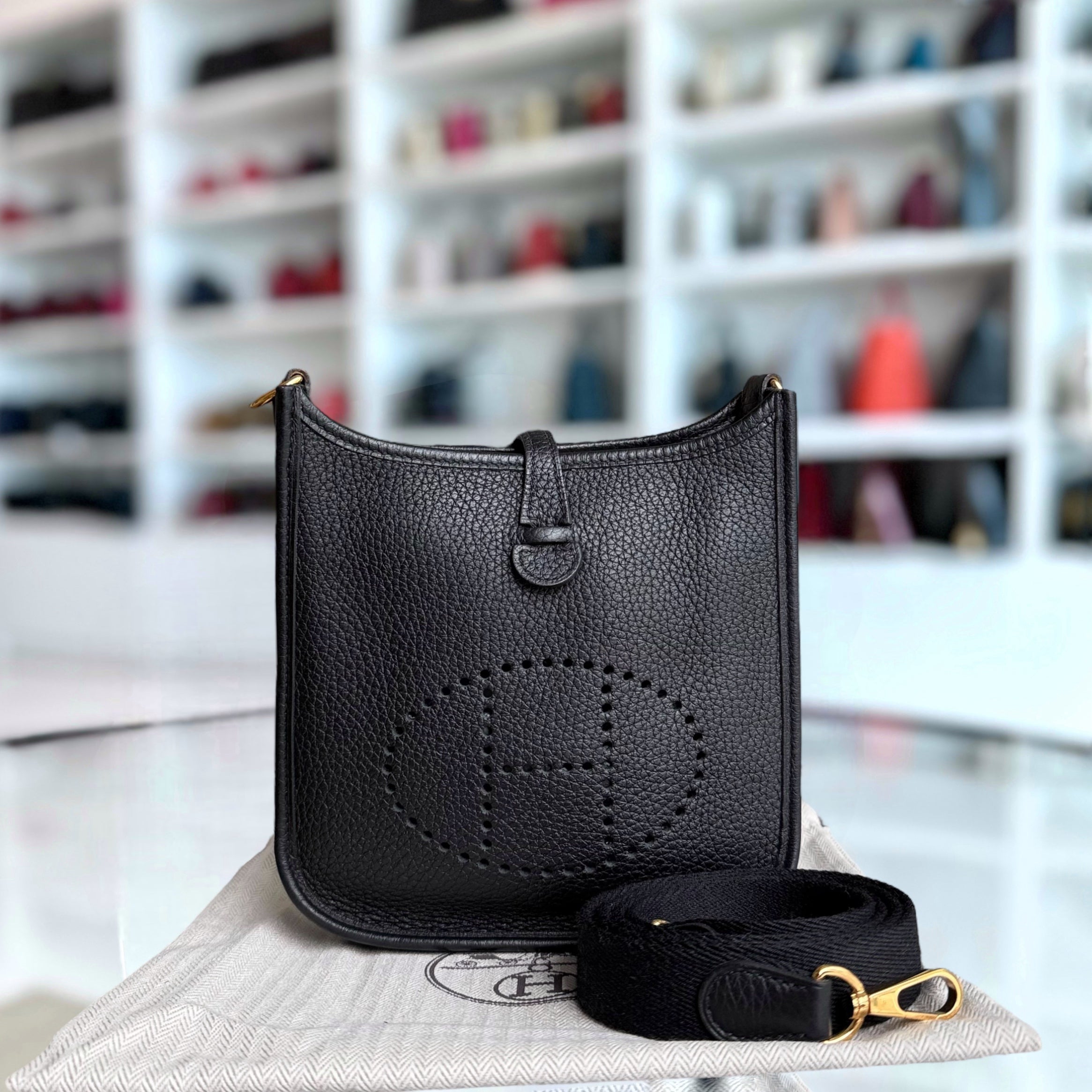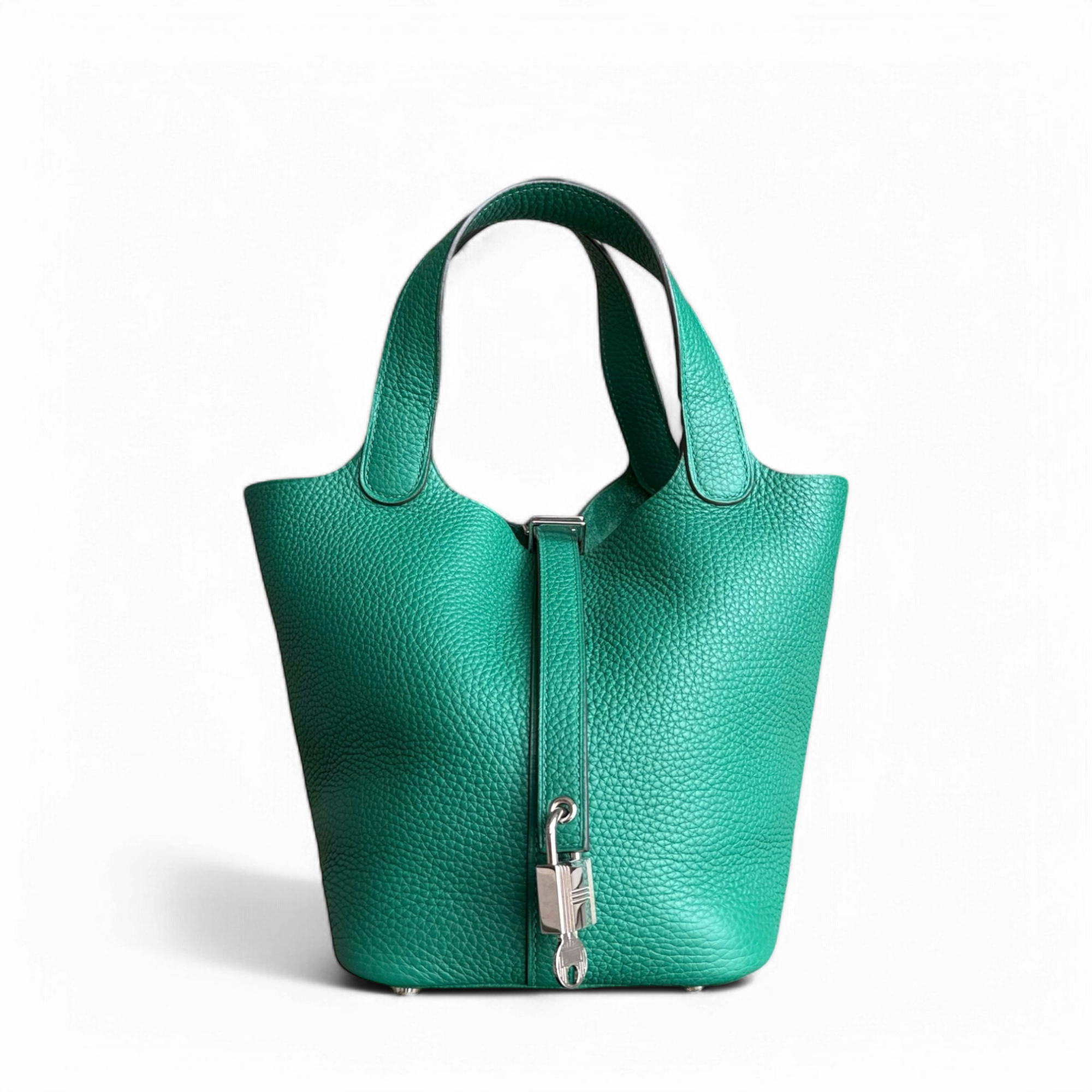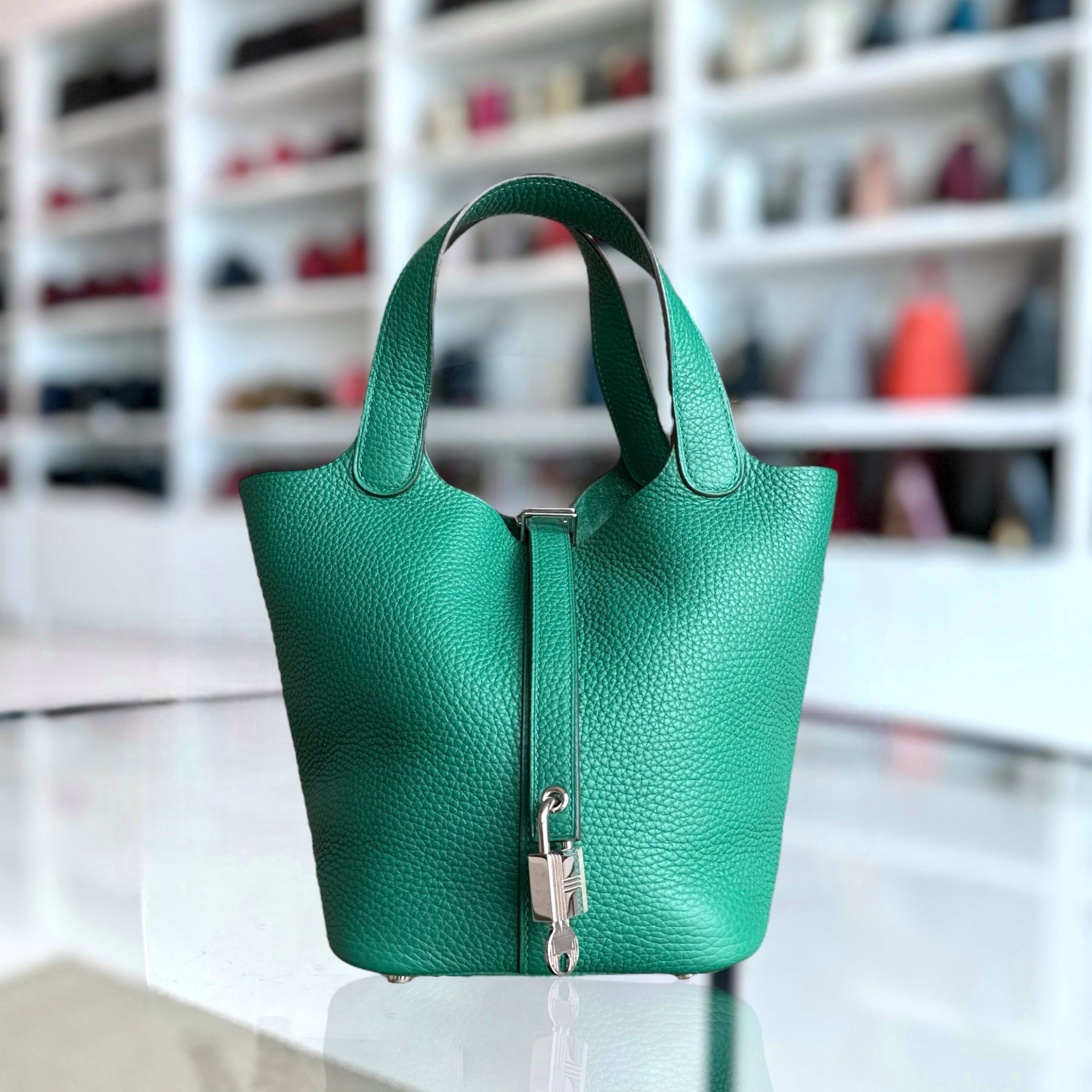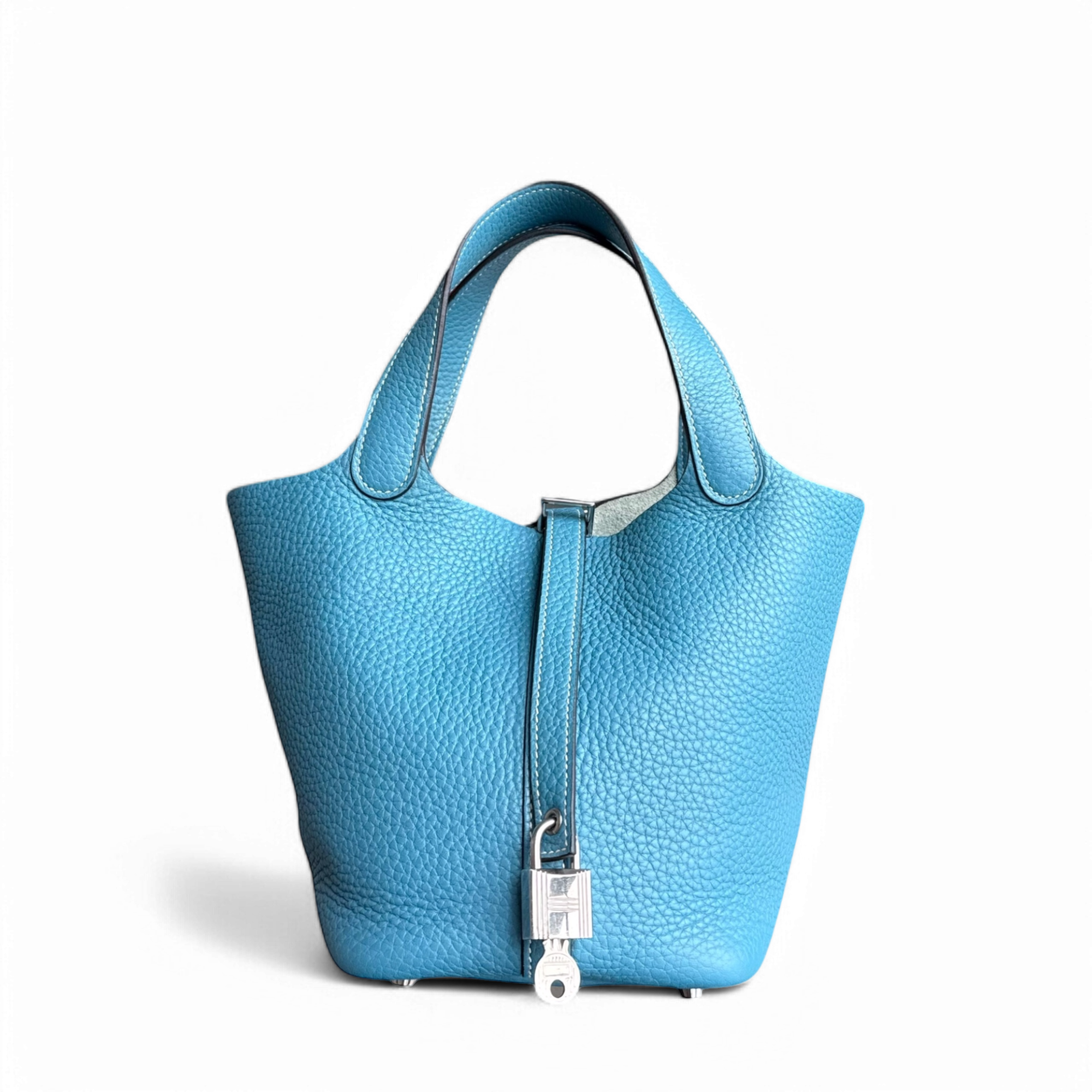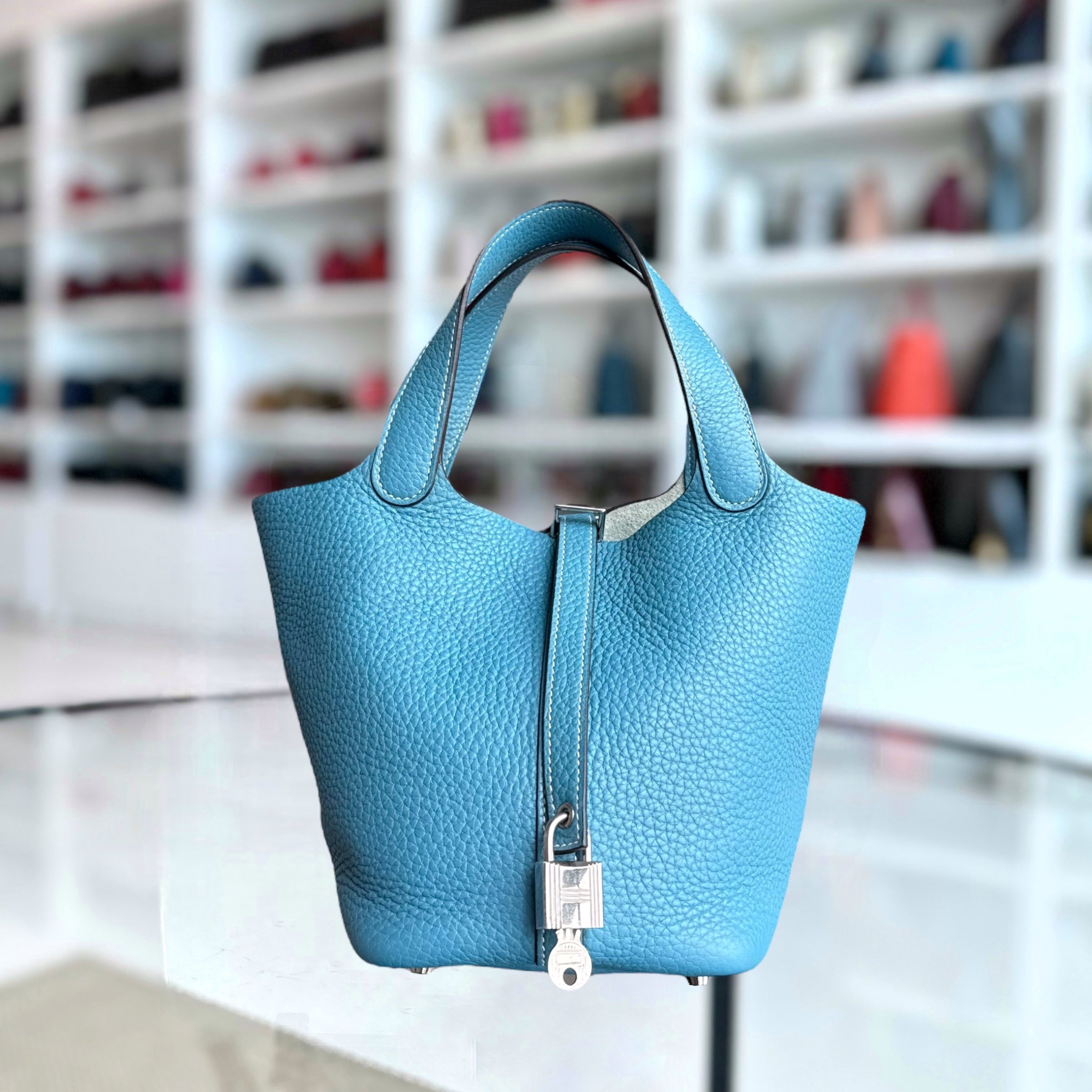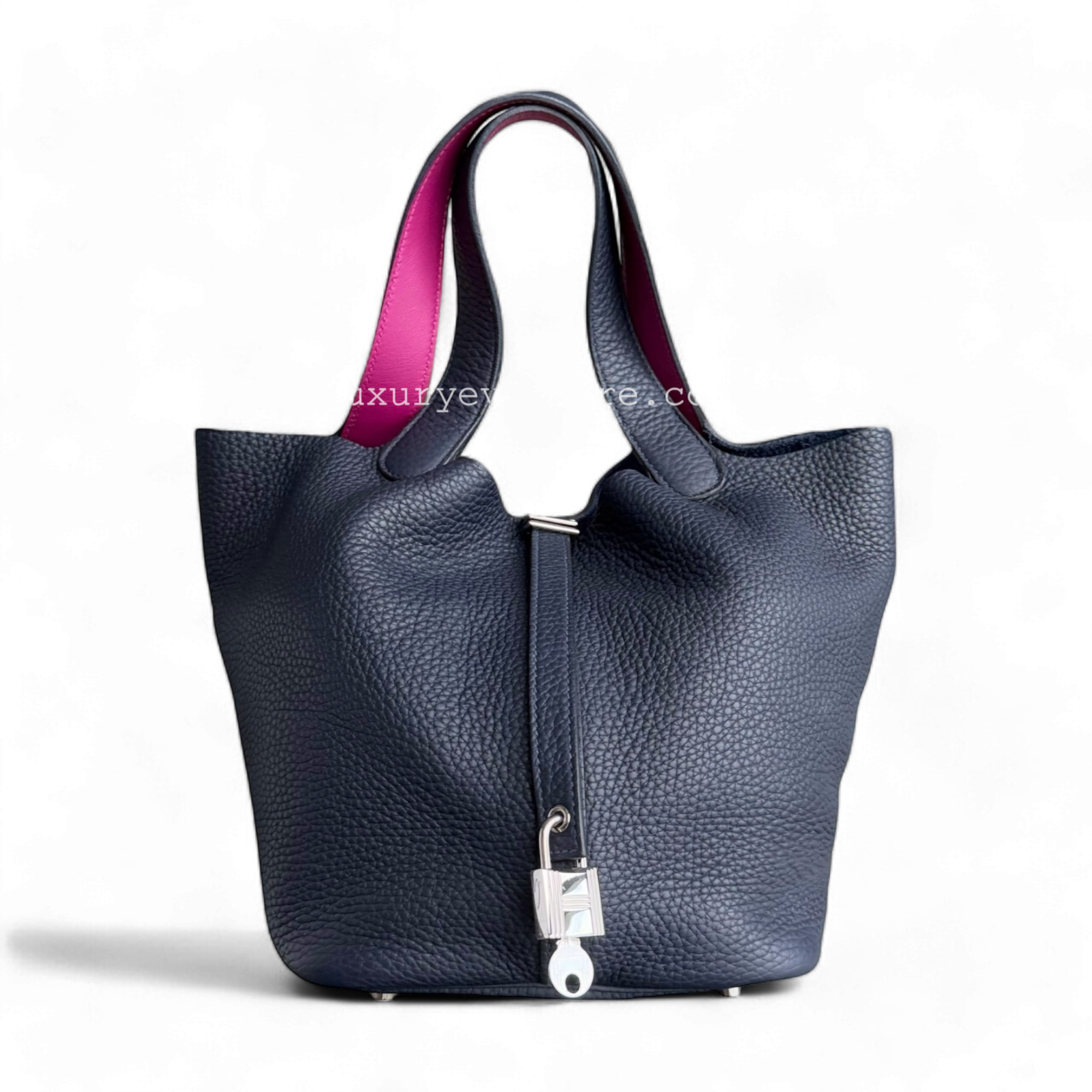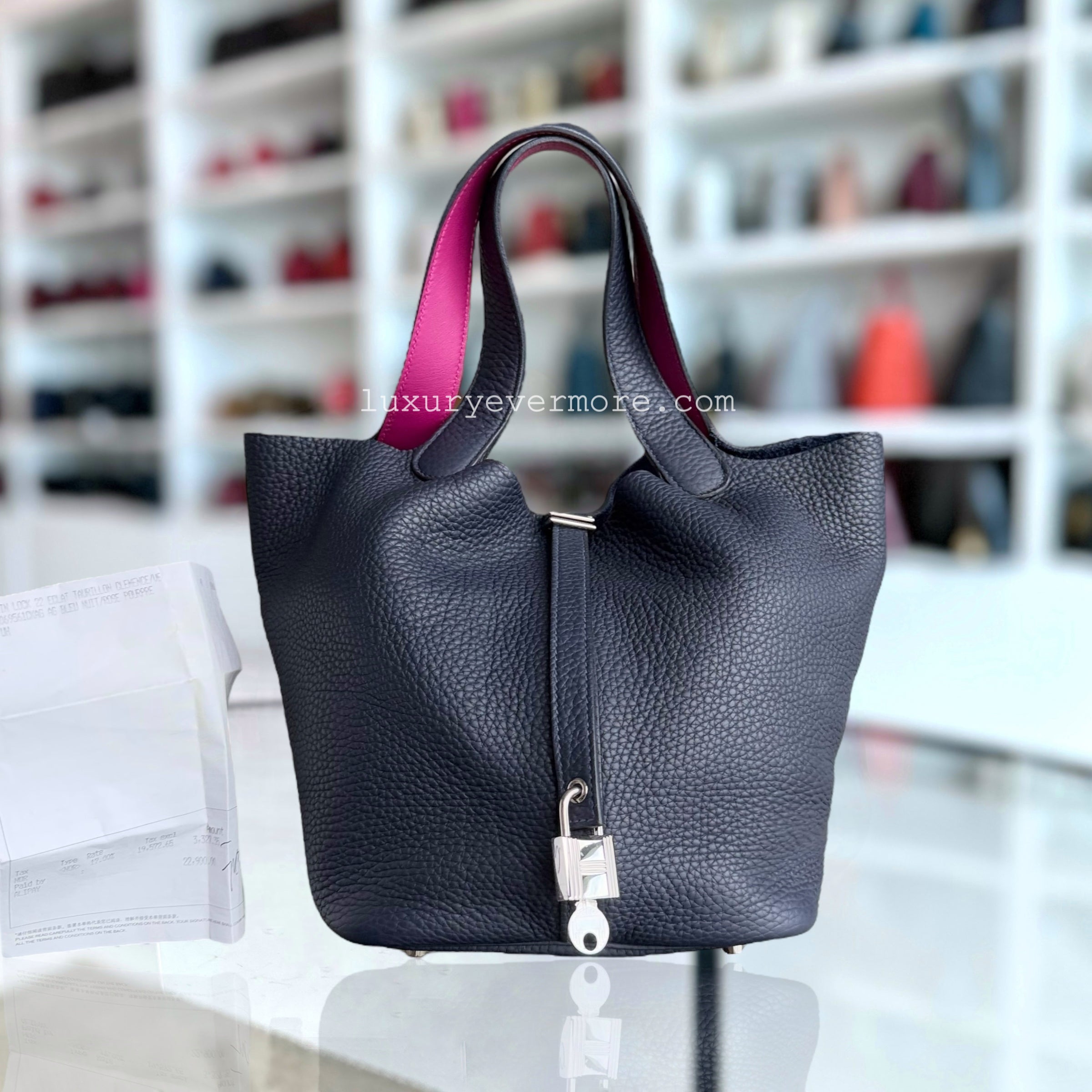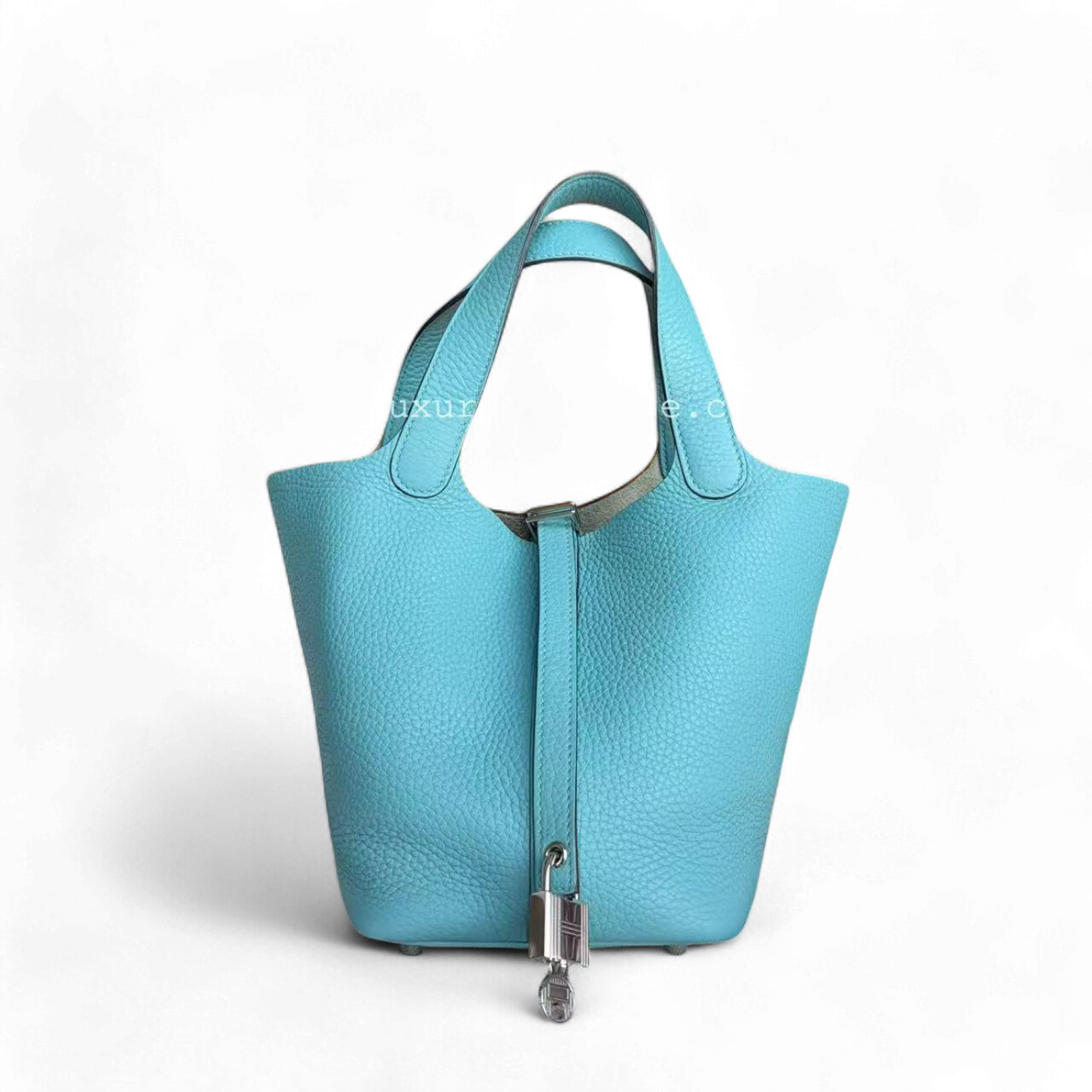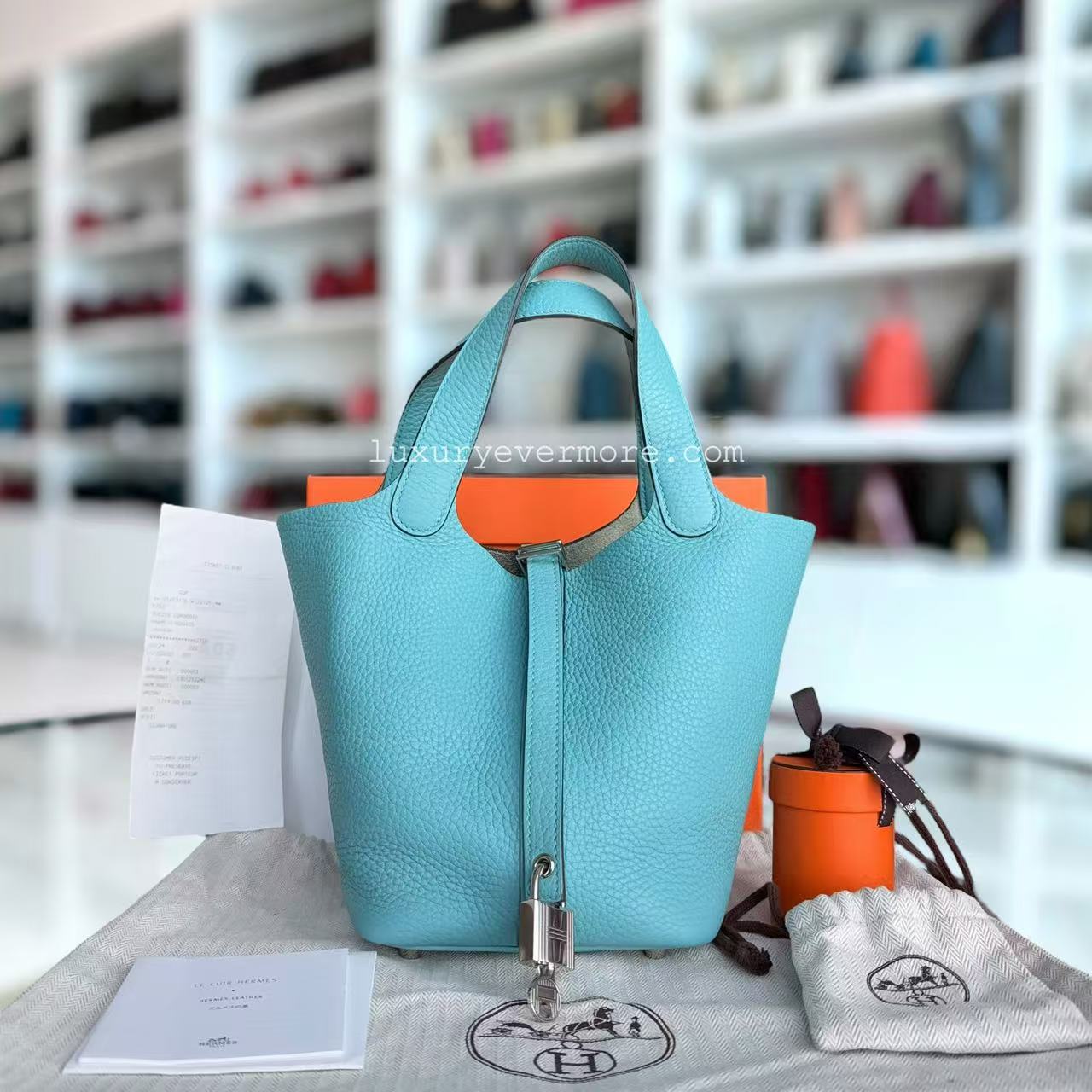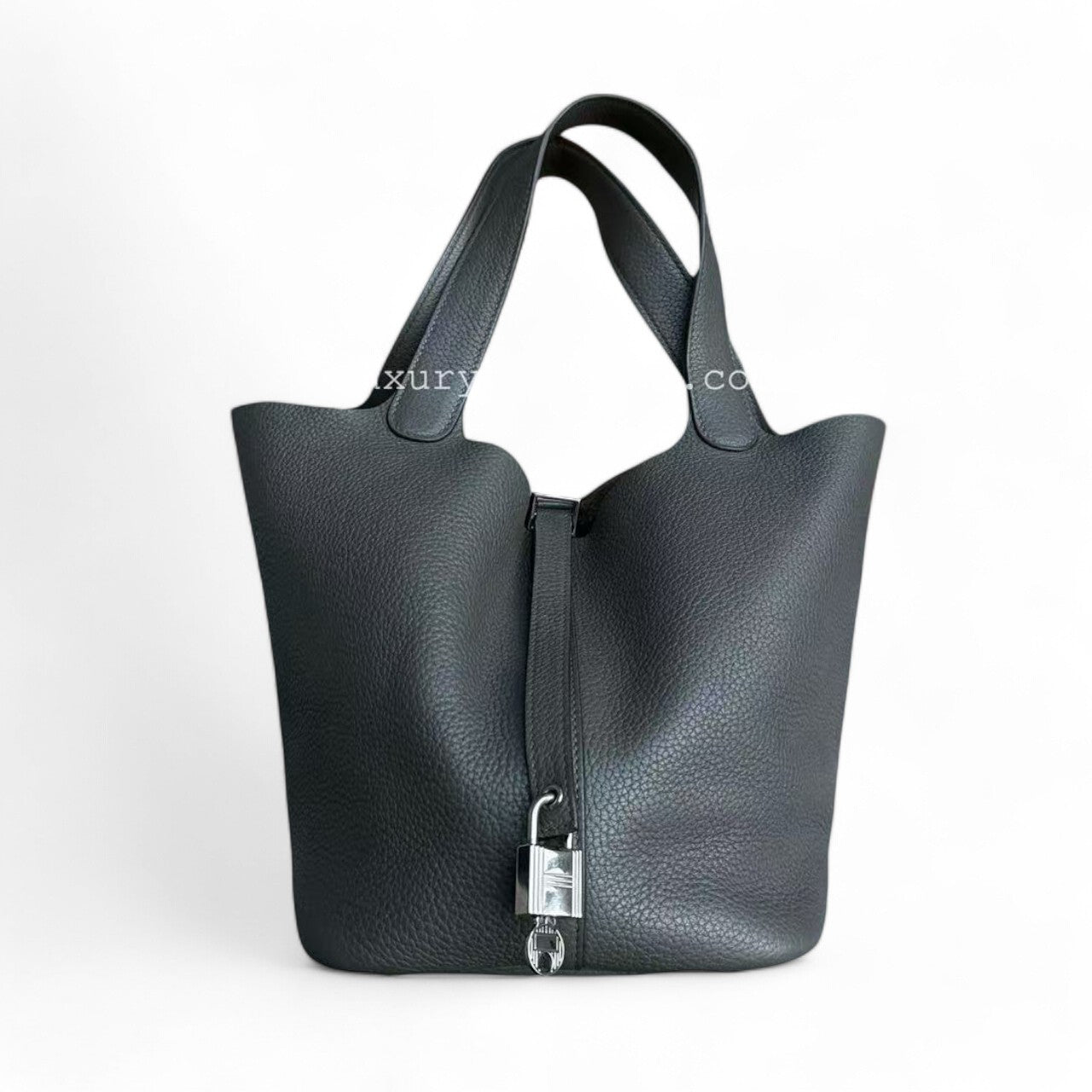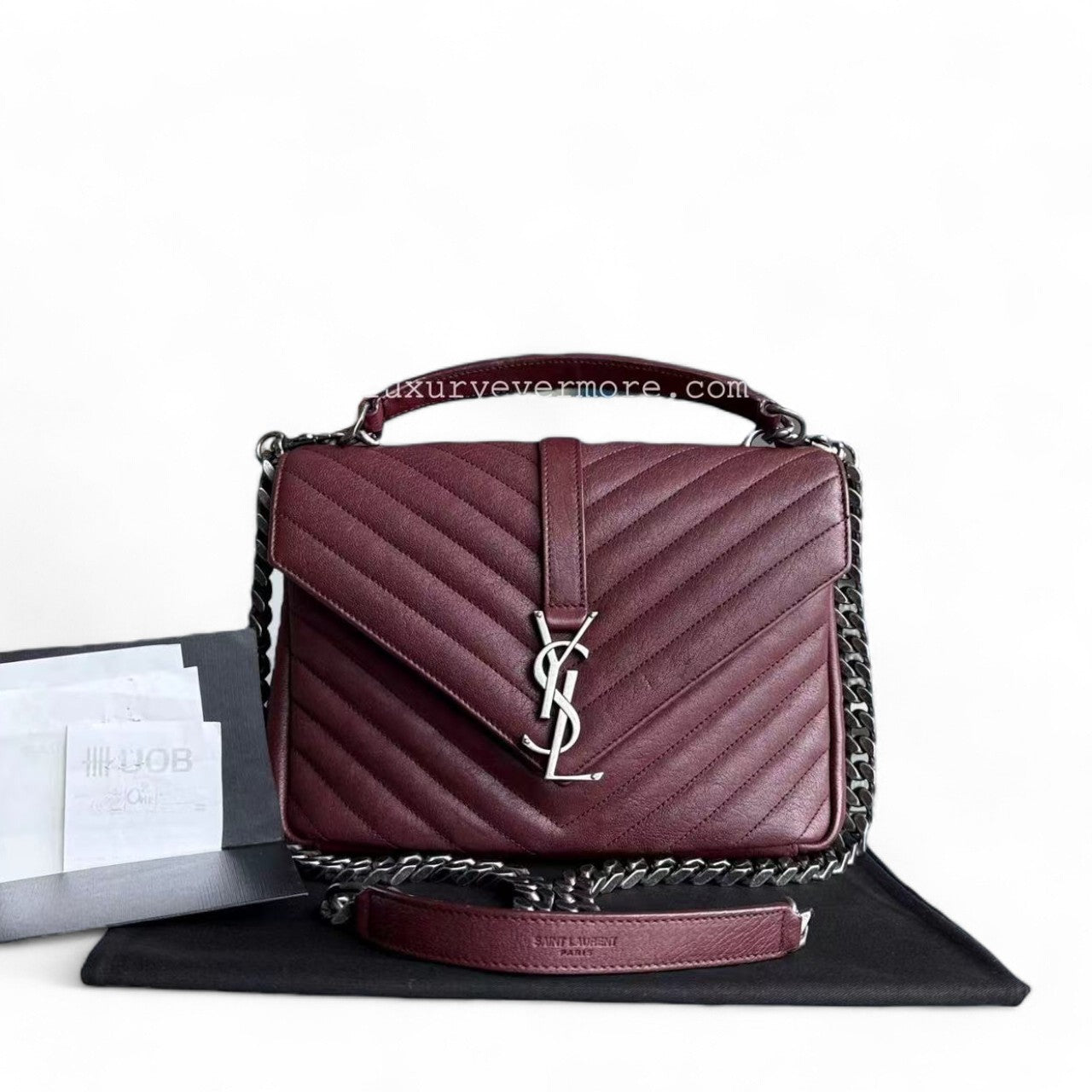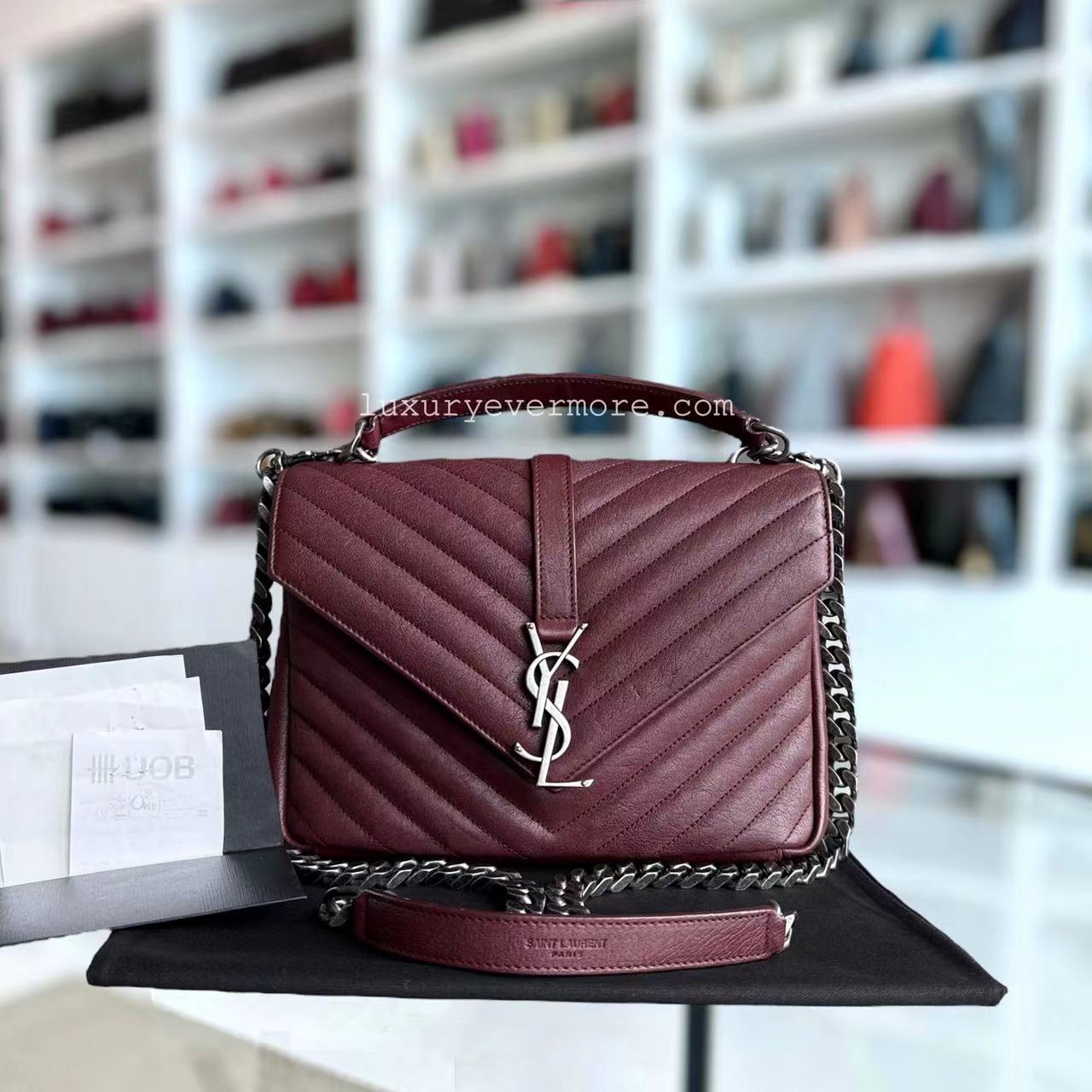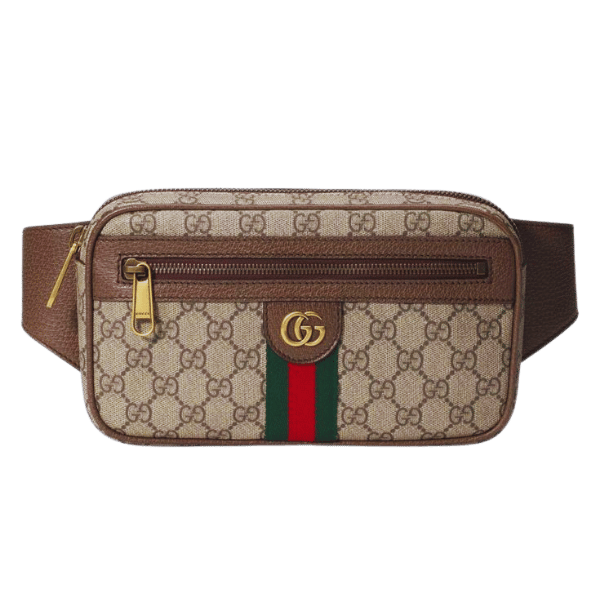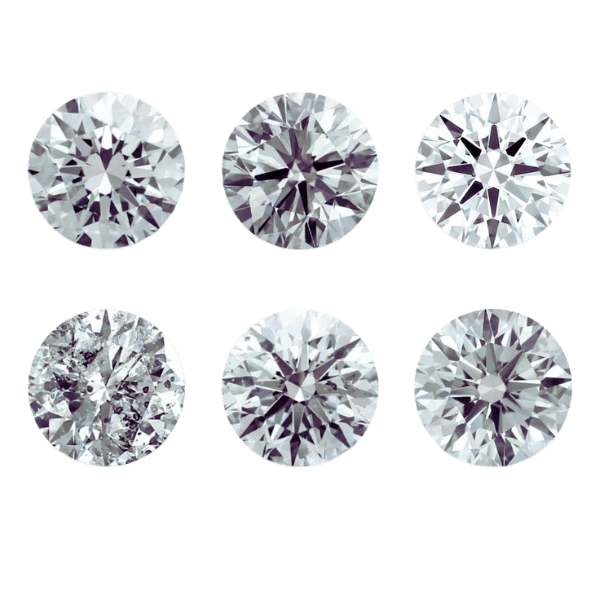Guide to Ring Settings: Discover the Perfect Engagement Ring Setting
Finding the right ring is always an important moment in a couple's life. She has waited her entire life for a perfect day like this. There are several ring designs: modern, vintage, simple, intricate, elaborate, and many more. Picking the right ring setting increases your confidence and helps you enjoy the process much more. Through the rest of the article, I will present several types of ring settings and their features so that you can easily pick one that matches your style, daily activities, and finances. Whether you appreciate a ring set with a single stone or a cluster, I hope that through this article, you can decide on the right setting that will accent the gemstone’s features while highlighting its beauty.
What is an engagement ring setting?

The mounting of a gemstone on the engagement ring is referred to as the setting. It serves a dual purpose of holding the gemstone firmly in place while enhancing its beauty. Examples would be Pavé, bezel, halo, prong, pavé, and many more, which differ in strength and appearance as well. All of these examples have a setting, and it can not only change how the gemstone captures the light, but also change the style of the ring and add a certain level of effort to how it is maintained.
Understanding the role of the setting in engagement rings
The environment is significant in practical functioning and artistry of the engagement ring. Protective settings helps to safeguard the gemstone from being damaged or lost. Also, the effect on the ring's overall appearance and how the gemstone reflects light is dependent on the setting. The condition of the gemstone’s mounting regard repairable and maintenance practices alongside personal tastes.
Common types of ring settings and their features
An engagement ring setting is how the mtgems are set or held in the band affecting the shape and the working of the ring. Some of the common ring settings are prong, bezel , channel, tension, halo, pavé, solitaire, three stone and split shank. Each of which serves a distinct purpose such as security , impact, style, etc.
Here’s a succinct table summarizing the key types of ring settings and their features:
| Setting | Feature | Pros | Cons |
|---|---|---|---|
|
Prong |
Metal claws |
Maximizes light |
Can snag |
|
Bezel |
Metal rim |
Secure, modern |
Less brilliance |
|
Channel |
Metal grooves |
Smooth, secure |
Hard to resize |
|
Tension |
Metal pressure |
Unique, modern |
Hard to resize |
|
Halo |
Stone surround |
Enhances size |
Tiny stones loose |
|
Pavé |
Small stones |
Extra sparkle |
Hard to resize |
|
Solitaire |
Single stone |
Timeless focus |
Simple design |
|
Three-Stone |
Trio stones |
Symbolic, sparkle |
Needs cleaning |
|
Split-Shank |
Split band |
Unique, elegant |
Hard to clean |
How the setting impacts the stone and the overall design
Like any other jewel setting, the way a gemstone is set impacts its interaction with light and brilliance. For example, prong settings hold the gemstone in a raised position, which helps with light exposure, thus illuminating the gemstone further. Bezel settings, however, encase the stone with metal, which hides some light, causing a more contemporary appearance while reducing shine to the stone. Alongside light exposure, the stone’s polish is still maintained while the ring’s frame is shaped from simple splashy solitaire styles to complicated pavé or halo ones. More importantly, it also defines the degree of protection a stone has; secure settings lead to better durability when worn daily. Settings selected should be a compromise between sketched beauty, functionality, and the gem’s particular features.
What are the most popular engagement ring settings?

An overview of prong settings
Prong settings are one of the most common types of engagement rings because they are very classic and highlight the center stone beautifully. This type of setting often has four or six metal prongs which secures hold the gemstone yet gives maximum light exposure. This increases its brilliance and sparkle. Prong set are versatile and can accommodate different shaped or sized gemstones. They are popular due to their security and elegance.
How halo settings enhance the center stone
In halo settings, the center stone is surrounded by a circle of smaller stones which increases its apparent size and brilliance. This design also increases the overall sparkle of the setting due to the additional light that is reflected which elevates the stone's radiance. Moreover, halo embellishments enhance the focus on the central gem which exquisitely augments its prominence while adding refinement making the ring look luxuriously ornate.
Exploring the elegance of bezel settings
Bezel settings are famous sus is for their intriguing modern looks as well as offering elegance and functionality because they fully encompass the stone. Shielding it fully guards the stone from any damage while holding it gently but firmly. For active individuals, bezel settings are optimal as they restrict the risk of damage from chiseling away the stone or dislodging it. The added advantage is that the continuous metal shield improves the outline of the stone, enhancing its shape with highlighting trim, which makes it classic and something that always stays in fashion.
How do custom engagement ring settings work?

Steps to designing a custom ring setting
Decide On Your Budget
- Begin with a clear amount allocated for a budget while creating a custom engagement ring. Knowing how much you plan on spending will determine the stone, metal, and amount of customization done.
Select Center Stone
- One can decide the center stone ( diamond, sapphire, emerald etc ) according to their preferences in size, shape and quality. The stone is usually the center piece of the ring which is why this decision is very important.
Select Metal Type
- Choose from platinum, gold ( yellow, white or rose ) and palladium for the rings setting. Each category of metal will impact the look and the quality of the ring, hence thorough consideration is a must.
Pick Setting Style
- All the different styles of settings such as prong, bezel, pavé and halo and their sub categories come with unique ways to accentuate the stone and secure it. Explore them all and find your favorite.
Add Custom Engraving Or Additional Stones
- Add personal touches like engraving or filigree, as well as side stones to make the ring more special and meaningful. Such details add depth and uniqueness to it.
Partner with a Jeweler
- Coordinate efforts with a well-known specialist in custom jewelry pieces. They will walk you through the designing and sketching or 3D modeling stages to make sure the end product generated is exactly what you want.
Authorize Draft Graphics
- The sketches, CADs, and even models presented by the jeweler must be approved by you. This assurance process is vital so that the ring mirrors your expectations.
Fabrication and Polish
- Following the permissions, the jeweler utilizes noted techniques and quality materials to assemble the ring you ordered. After the piece is assembled and polished, the ring is incredibly polished and remains totally uncompromised in terms of quality and sturdiness.
Scrutinize the Fully Finished Ring
- The polish and embroidery process is the last thing that needs checking, so make sure that every detail abides to requirements. Beyond that, confirm whether the initial designs match so that surpass expectations.
The benefits of choosing a custom engagement ring
Bespoke Design
- Custom-designed rings provide an opportunity to craft your dream engagement ring so that it matches your personal tastes and style, ensuring it is meaningful.
Attention To Detail
- The bespoke engagement ring service expertise guarantees that every engagement ring exudes immaculate and intricate workmanship that outmatches replicas made on a mass scale.
Choice of Materials
- You can choose whatever materials fit your budget, like certain gems or metals, and even the design of the ring.
Sentimental Worth
- The thought and attention that goes into every aspect of designing a ring make it an unforgettable gift.
Comfortable Wear
- Every day wear is exceedingly comforting when the bespoke ring is crafted specifically for the wearer’s size and comfort.
Individual Style
- You may also add a unique touch, such as engraving certain dates, symbols, or initials, with a custom ring.
No Shared Ownership
- There is no possibility of someone else having a similar ring to your bespoke piece, as it will be the only one in existence.
Affordability
- You do not have to worry about spending a fortune as you could balance your design decisions to ensure utmost value without sacrificing quality.
Stronger Feeling Involvement
- Through the giver's and receiver's joint effort in designing a bespoke ring, the emotional bond is enhanced, making it more special for them both.
Cost considerations in custom ring design
Multiple factors need to be assessed when pricing a custom engagement ring. The ring setting's metal and grade of the gemstones, along with their different types, serve as motives towards additional cost. For instance, precious metals such as platinum or gold would increase overall value, the same as high-carat or rare gemstones. Also, custom-made designs involving detailed or unique settings would incur extra charges. Closely collaborating with a jeweler to eliminate unneeded core features while maintaining high-quality engravings ensures no overspending beyond the budget.
What are the trends in engagement ring settings?

Current setting styles in the market
Today, there are many styles and tastes when it comes to engagement rings, which include:
- Solitaire Settings: Simple, beautiful, and classic, these have no additional features apart from the center stone.
- Halo Settings: Enhancing the main stone’s appearance as well as adding glitter, are smaller diamonds or gemstones set around it.
- Pavé Settings: Small diamonds set into bands create an uninterrupted twinkle called shimmer, as seen in these kinds of rings.
- Three-Stone Settings: A larger stone accompanied by two smaller stones, which represent the past, present, and future, completes this style.
- Vintage or Antique Inspired: Draws upon classic styles and adds intricate features such as filigree or milgrain.
All settings mentioned come with individual bespoke tailor options to ensure customized beauty and symbolism, making an engagement ring deeply personal.
Emerging diamond shapes and ring designs
New developments in ring styles and diamond shapes set the focus on contemporary beauty and self-expression. Along with sparkling, oval-cut and pear-shaped diamonds are becoming more common and enthralling by their uplifted slant. Also, cushion-cut diamonds are still popular along with their classic shapes. In terms of rings, we can mention asymmetric dances, a combination of different colored metals, and east-west placed diamonds to be more popular - a modern take on timeless styles. These also consider a larger part of the public, which likes something different from the ordinary.
The return of classic engagement rings
The enduring elegance and appeal of vintage engagement rings have made them more popular recently. They particularly favor designs showcasing solitaire settings, round brilliant cuts, and simple metal bands. Styles like these are appreciated for their understated simplicity and adaptability. The current trend of such rings demonstrates a growing appreciation for timelessness and subtle refinement in contemporary jewelry.
How do you choose the right type of ring setting?

Factors to consider for diamond engagement rings
- Cut - The diamond's sparkle and beauty are greatly influenced by its cut. A diamond's round, princess, emerald, and cushion cuts are some of the more common types and each carries its own beauty and style.
- Clarity - Each diamond contains inclusions or blemishes, which is what clarity refers to. A higher grade of clarity will present a more visually appealing diamond.
- Color - A diamond does not possess color on a spectrum and therefore can be color graded. As one of the cardinal rules in jewelry, diamonds should be as close to white as possible to maximize brilliance.
- Carat Weight - The amount of carats determines the size of the diamond leading to a necessity in balance between the size of the diamond and the budget set.
- Metal Type - As with the other types of metals, platinum, white, yellow, and rose gold are all metal options to set the ring but they also need to go with the diamond and the personal style of the wearer.
- Ring Style - Whether traditional, modern, or vintage, the overall design and aesthetic of the band and setting should align with one's taste.
- Lifestyle Suitability - With every piece of jewelry comes purposes which is highly important when taking durability and practicality into consideration.
- Budget – Setting a budget beforehand helps narrow options and ensures the chosen ring garners aesthetic appeal while also being within financial limits.
- Certification– Always check for a diamond grading certificate from recognized grading bodies such as GIA or AGS to confirm the quality and authenticity of the diamond.
- Stone Security – Examine the security offered by the different settings like prong , bezel or pave and ensure they stylishly keep the diamond secured within the setting.
Matching the setting style with personal preferences
In design, choosing to my liking, I emphasize both usefulness and beauty. I take into account my life to make sure the design is useful for everyday use, and I select a style that suits my preference, be it contemporary, vintage, or minimalist. This way, the ring is comfortable and at the same time, a very personal expression of my style.
Expert tips on finding the best engagement ring
Set a Financial Plan
- It is helpful to set a budget before starting to look for an item. If you understand your financial limits, it becomes easier to filter your choices as well as make sure you focus on acquiring the rings which fit your budget.
Learn About 4Cs
- Familiarize yourself with the 4Cs which includes Cut, Color, Clarity and Carat which determines a diamond’s quality and value. This empowers you to make an informed decision.
Select the Right Metal
- Think about the type of metal used for the ring. It could be platinum, white gold, yellow gold or rose gold. Each metal has their own varying degree of strength, aesthetics, and price.
Understand Your Partner’s Design Preferences
- Be on the lookout for your partner’s design ideas and also their way of life. You could get a vintage or modern ring but make sure that the one you select is tastefully compatible to add value to their personality.
Make Sure the Certification is Accurate
- Always check if the diamond or gemstone with certifying bodies such as GIA or AGS for the trust factor, as well as the quality of the gemstone which proves its unblemished nature. This makes the investment reassuring and offers peace of mind.
Frequently Asked Questions (FAQs)
Q: List down the popular styles of engagement rings that are mostly worn.
A: Most worn engagement ring styles comprise, simple solitaire engagement rings, halo engagement rings, three stone rings and other vintage designs. These styles feature different preferences which can encase the center diamond beautifully and showcase exquisite setting designs.
Q: What is referred to as a prong set, and how does it help in securing the diamond?
A: A prong set is a form of engagement ring setting where a portion of the band's metallic prongs rise up to the portion of the stone to secure it in place. Using this style of setting, the diamond in question can undergo elevation, which increases its chances of capturing sparkle.
Q: In what ways does a bezel setting differ from other common engagement ring settings?
A: A bezel set is different from other settings in that it encircles the centerpiece diamond with thin metal rim which provides a lot of protective advantages. This style of setting is best suited for those who are active as it gives ample protection to the stone while projecting a sleek modern design.
Q: How does the tension setting support the center diamond and the overall aesthetics?
A: The tension setting secures the diamond by suspending it in place with both the band of the ring and the stone itself. With this type of setting, the diamond appears to float, which lends to a sleek, modern, and innovative look while absolutely securing the stone.
Q: Describe a halo engagement ring and what makes this particular design so popular.
A: A halo engagement ring consists of a central diamond that is encircled with a “halo” of a smaller diamonds which enhances sparkle and size perception of the center stone. The design gained wide acceptance because of it’s stunning optics and profusion of bling which enhances the perceived size and sparkle of the central diamond.
Q: In what ways does a channel setting enhance an engagement ring?
A: In channel settings, diamonds or other gemstones are set in a trough or channel between two walls of metal, which secures the stones. This provides sleek garnishment to the band with a spotless shine and is easily paired with the center diamond, making it a favorable option.
Q: What is the benefit of an engagement ring in a cathedral setting?
A: A cathedral setting raises the diamond with metal arches from the band to the ring’s crown, which offers support for the diamond. The details give the diamond an extra architectural, almost regal element, making it more beautiful and dynamic.
Q: What is a cluster setting, and does it change the appearance of an engagement ring?
A: A cluster setting combines several gemstones or smaller diamonds with the intention of forming a larger singular stone. Fulfilling its promise of a distinct appearance, this setting comes as a much affordable substitute for one large diamond because of the sparkly display it offers.
Q: You can dress an engagement ring up or down with different settings. How can you change the overall style?
A: Different ways of holding a stone lead to different ways of setting a ring. The classic style of engagement rings combines more versatile elements in the form of solitaires, while halos expand on sparkle generously. Learning the basics of ring settings will simplify the engagement ring selection process, bearing in mind the lifestyle and preference of its wearer.
Reference Sources
- Gemological Institute of America (GIA): Popular Setting Styles - This article on setting styles, published by GIA, a top-level institution in gemology, describes popular ring settings.
- American Gem Society (AGS): Different Types of Engagement Ring Settings - Thorough engagement ring setting analysis and their characteristics provided by AGS.
- International Gem Society (IGS): Engagement Ring Setting: What's Your Style?- IGS defines and discusses different engagement ring settings and how they impact style comprehensively.
- Wikipedia: Prong Setting—Prong settings are considered one of the most common settings for rings. A thorough explanation of prong settings is provided.
- Engagement ring
- Jewellery
- Diamond
Contact Luxury Evermore should you need help with acquiring or building up your collection. There is a variety of brands with different styles, as well as sizes, and colors, for example, Hermes, Chanel, lv and Dior. If you are not lucky enough to find the bag you are looking for on our website then our concierge team will probably be able to order it for you. We provide 100% authenticity guarantee for all our bags, and any item sold on this site will be dispatched to you within one to two business days upon receipt of the payment.

